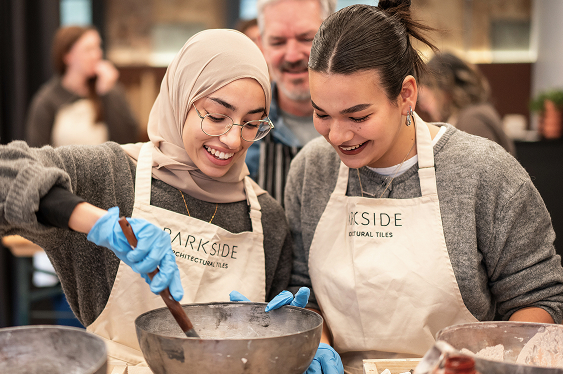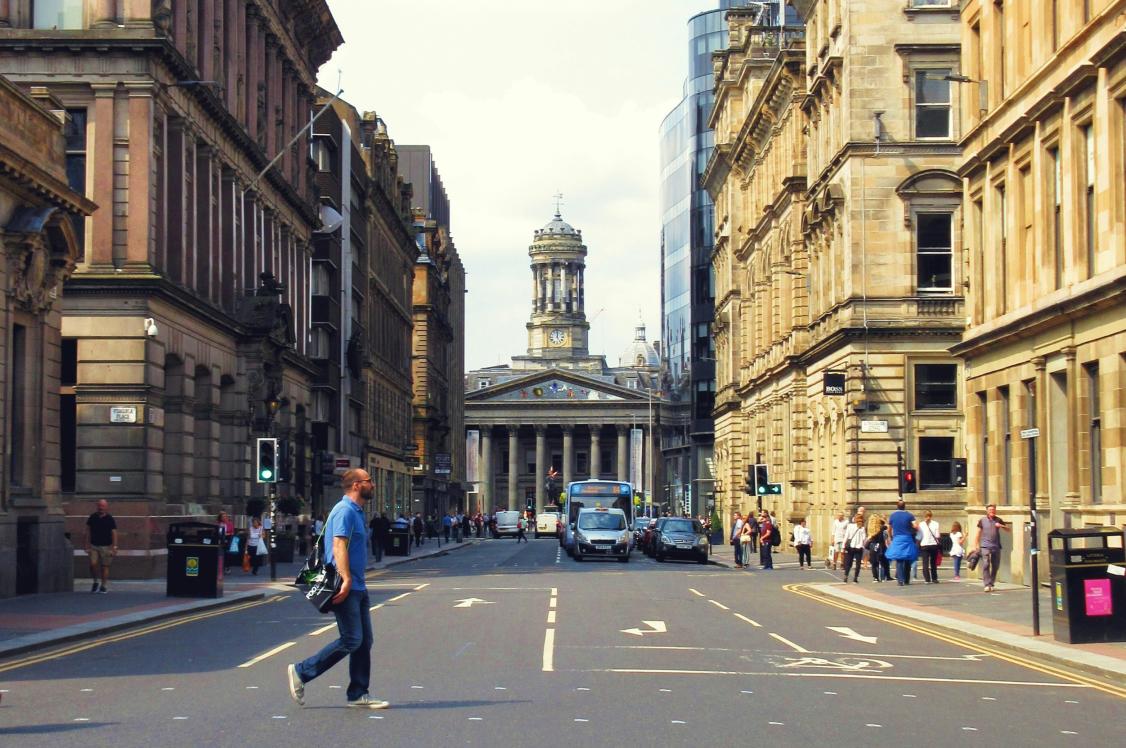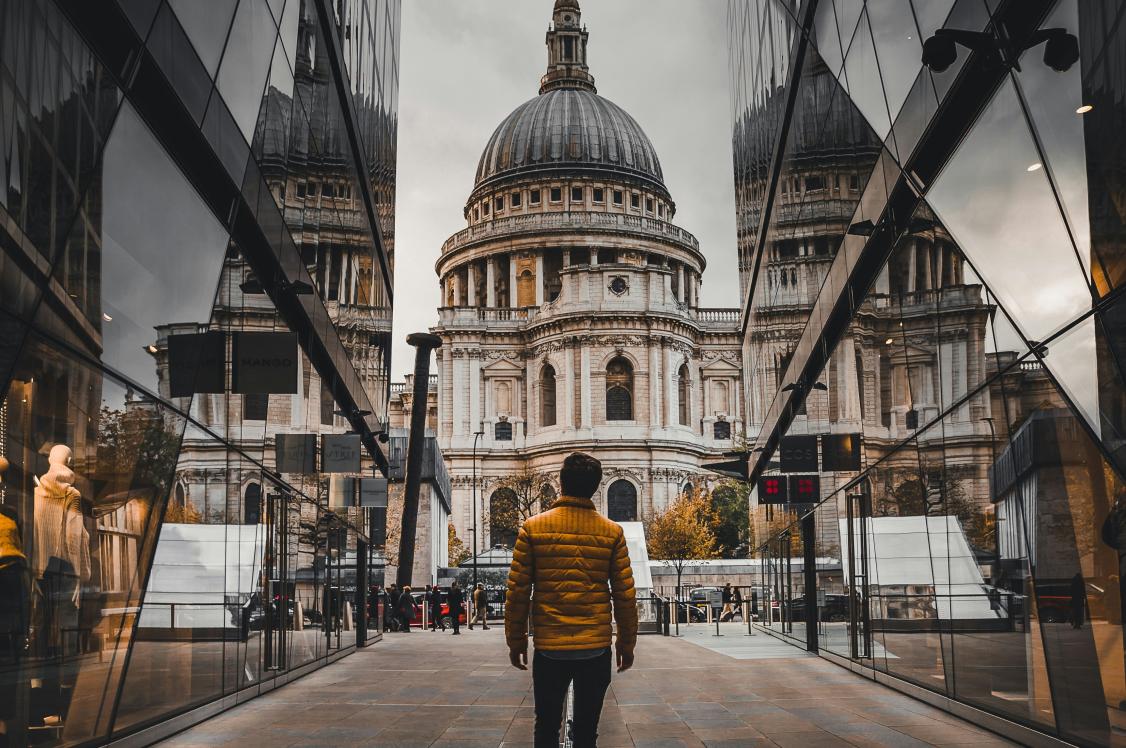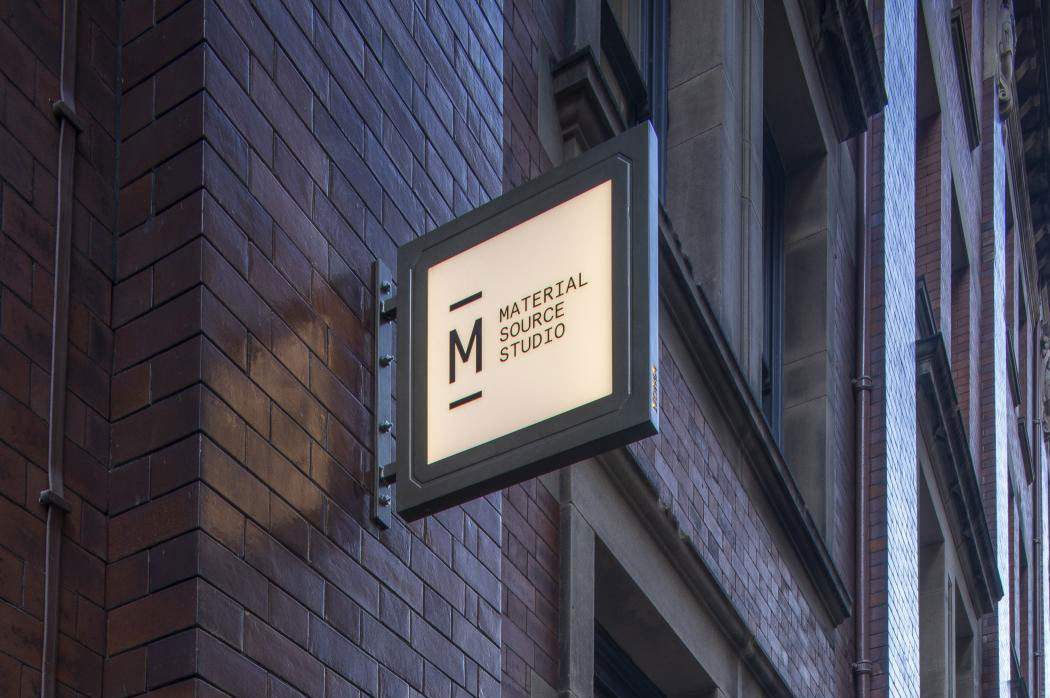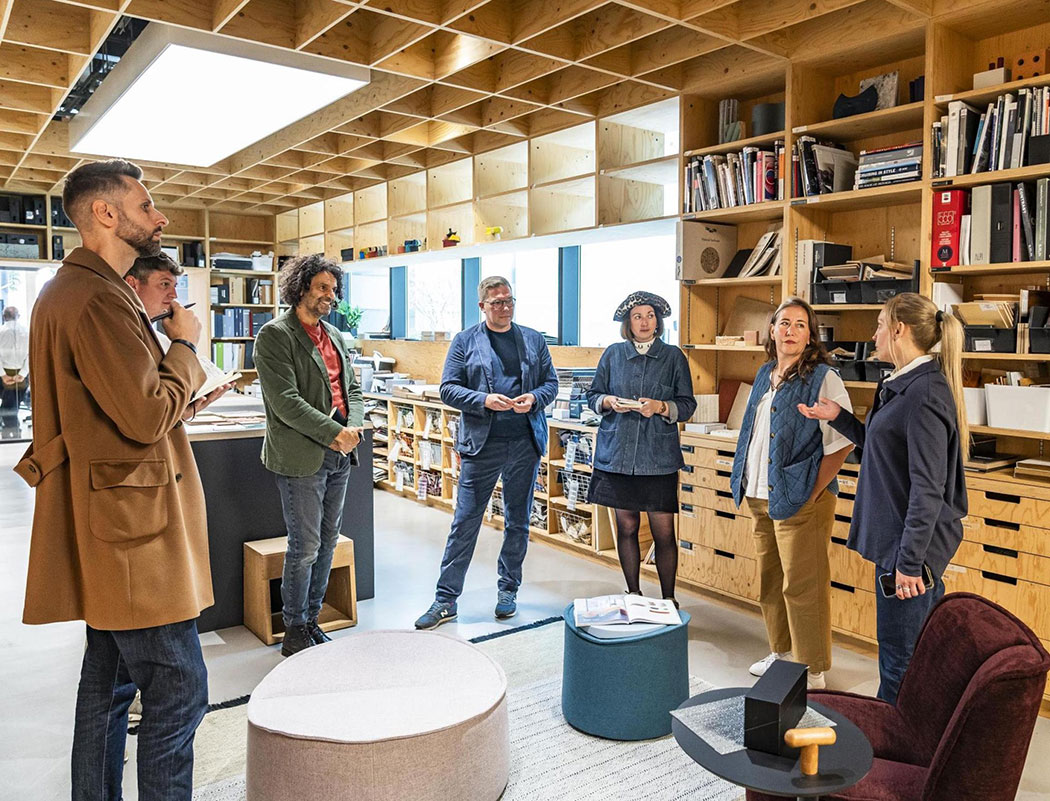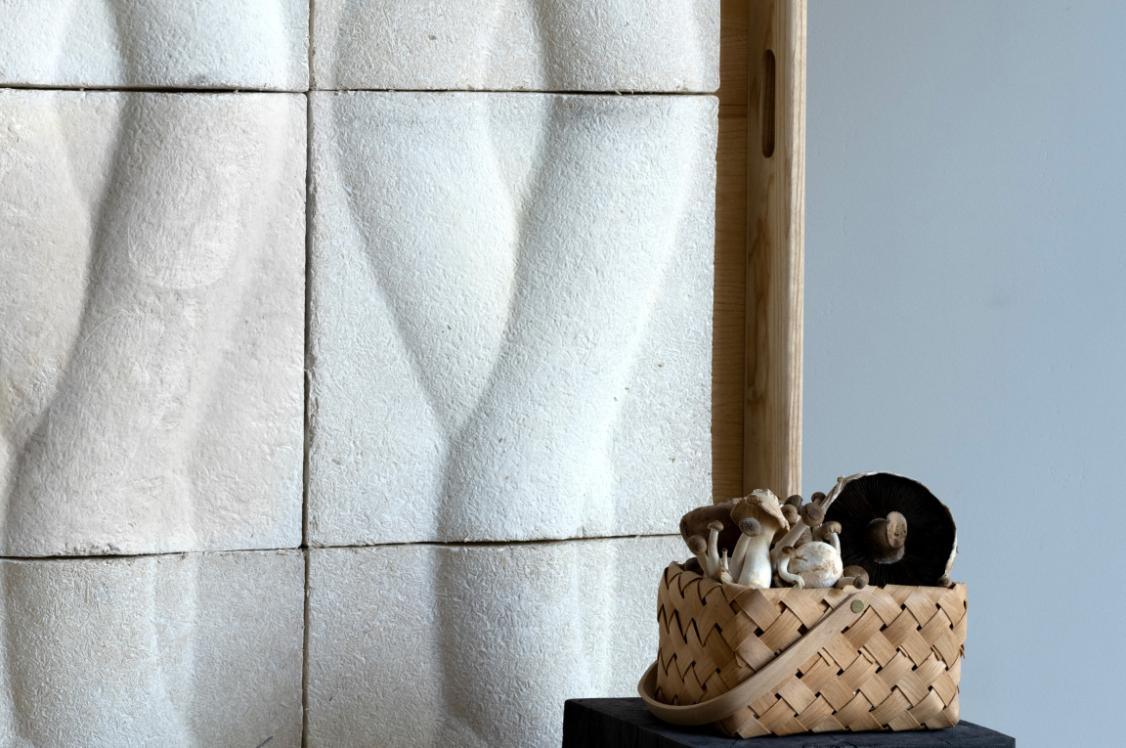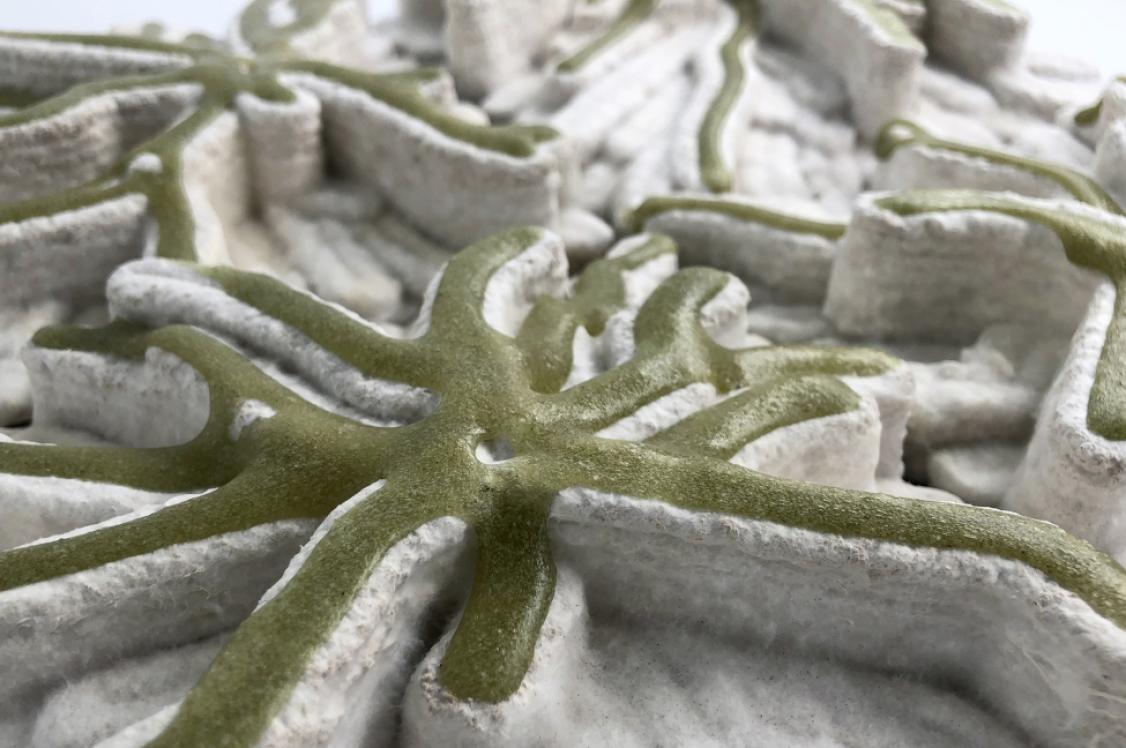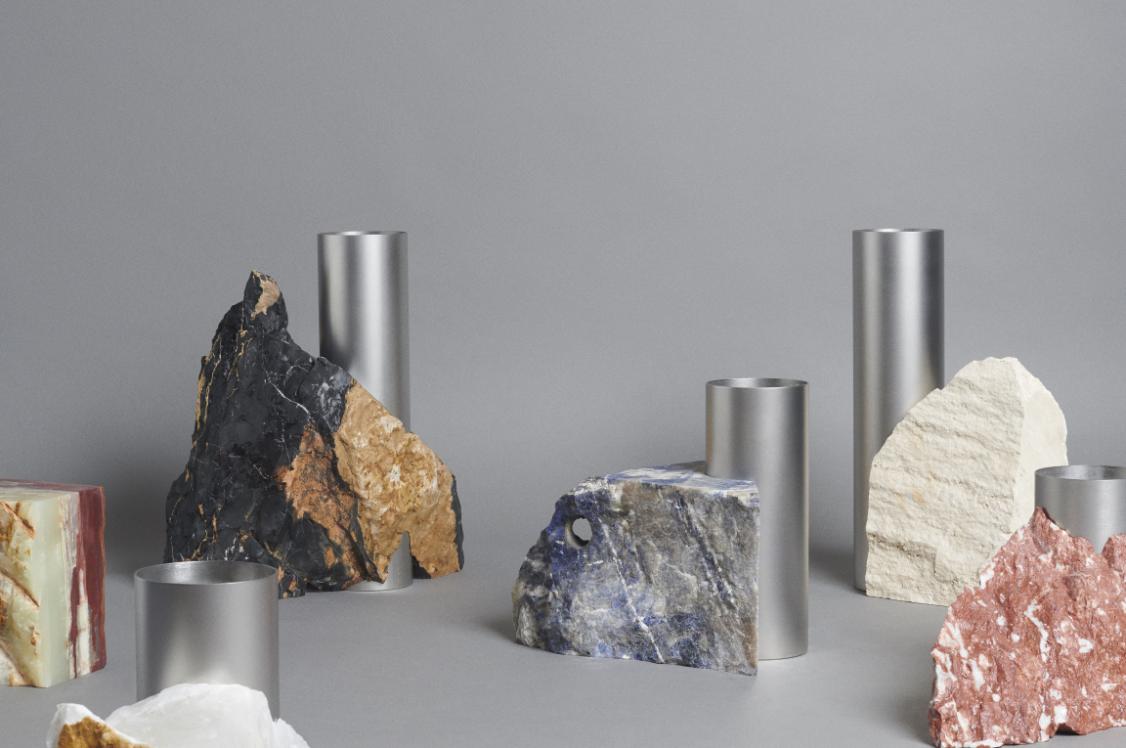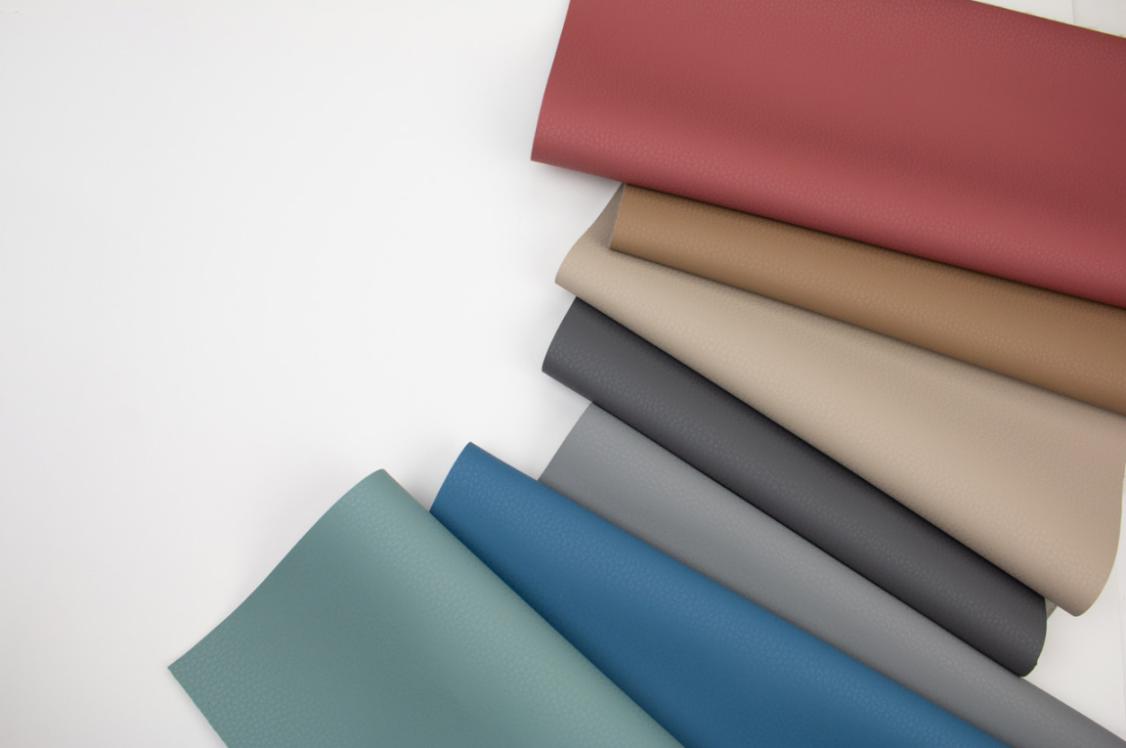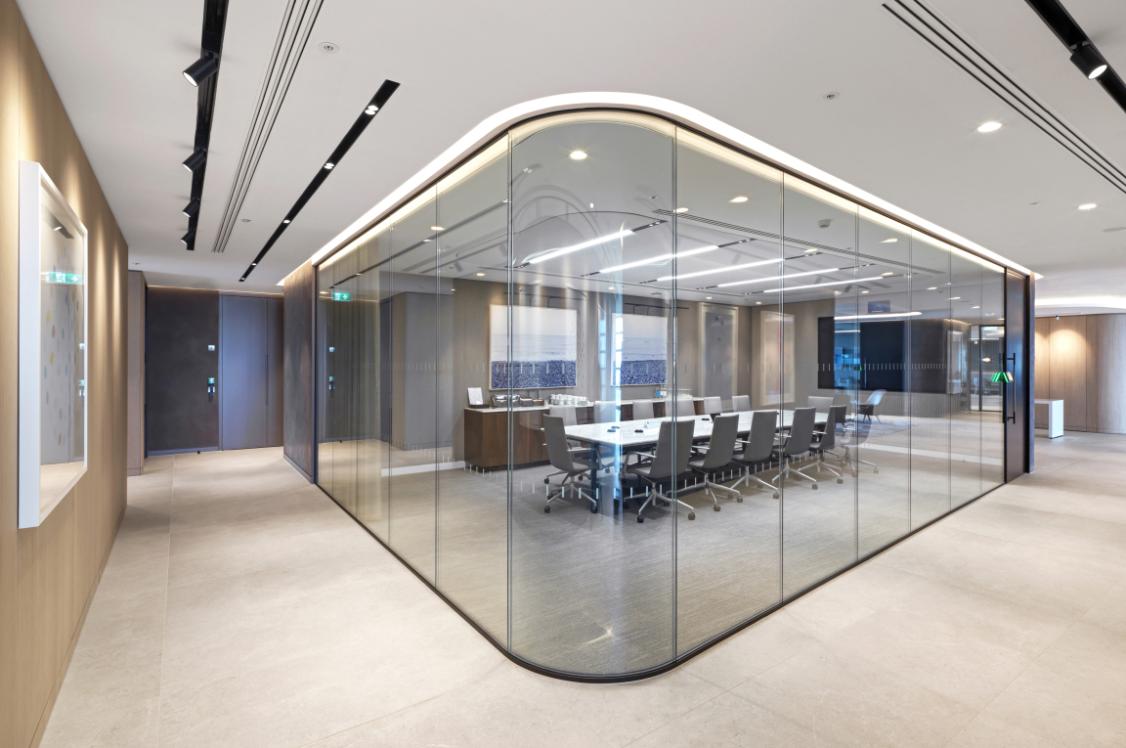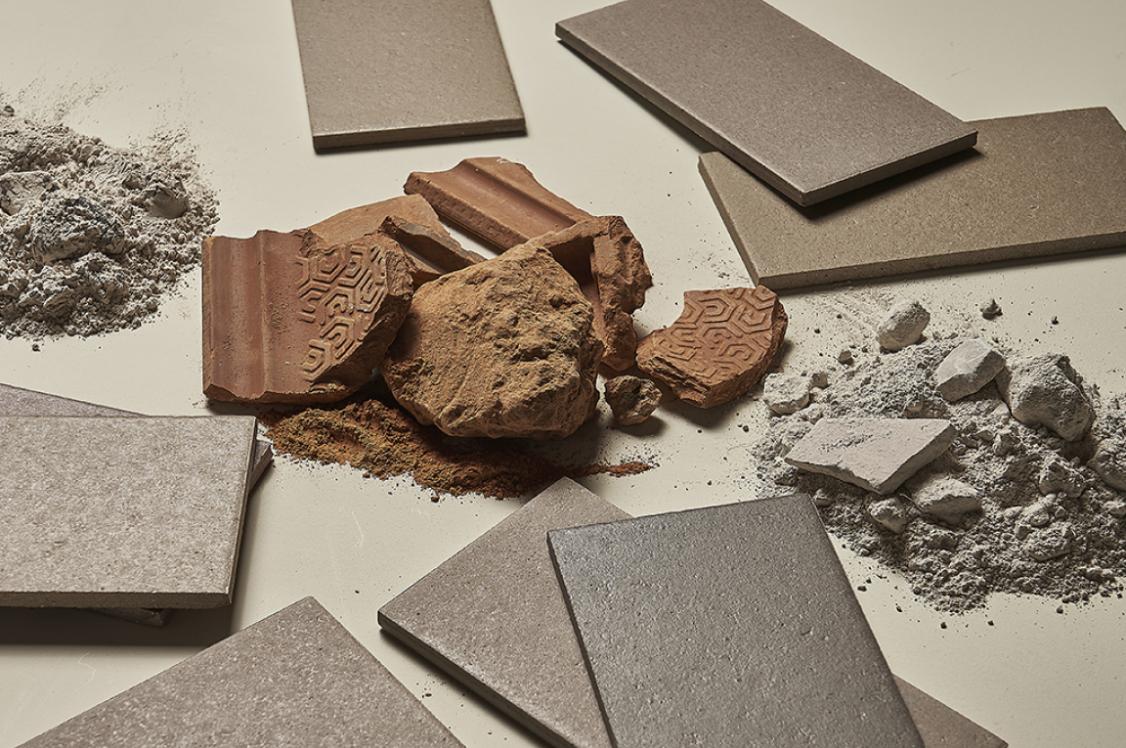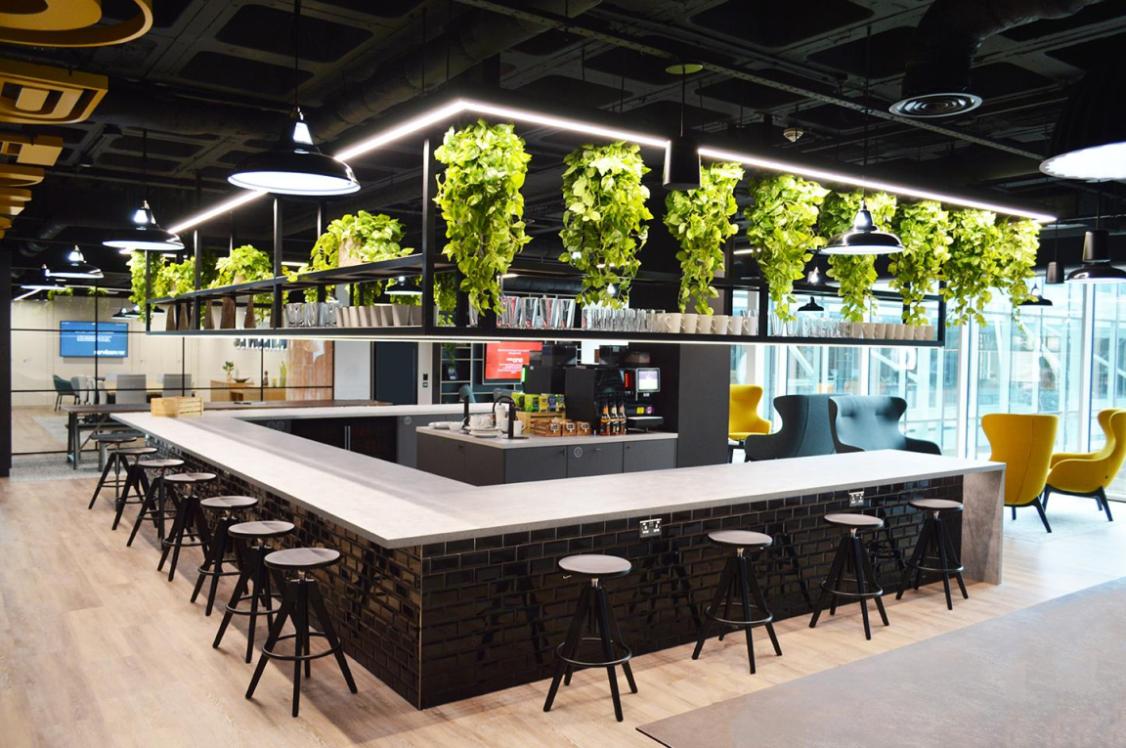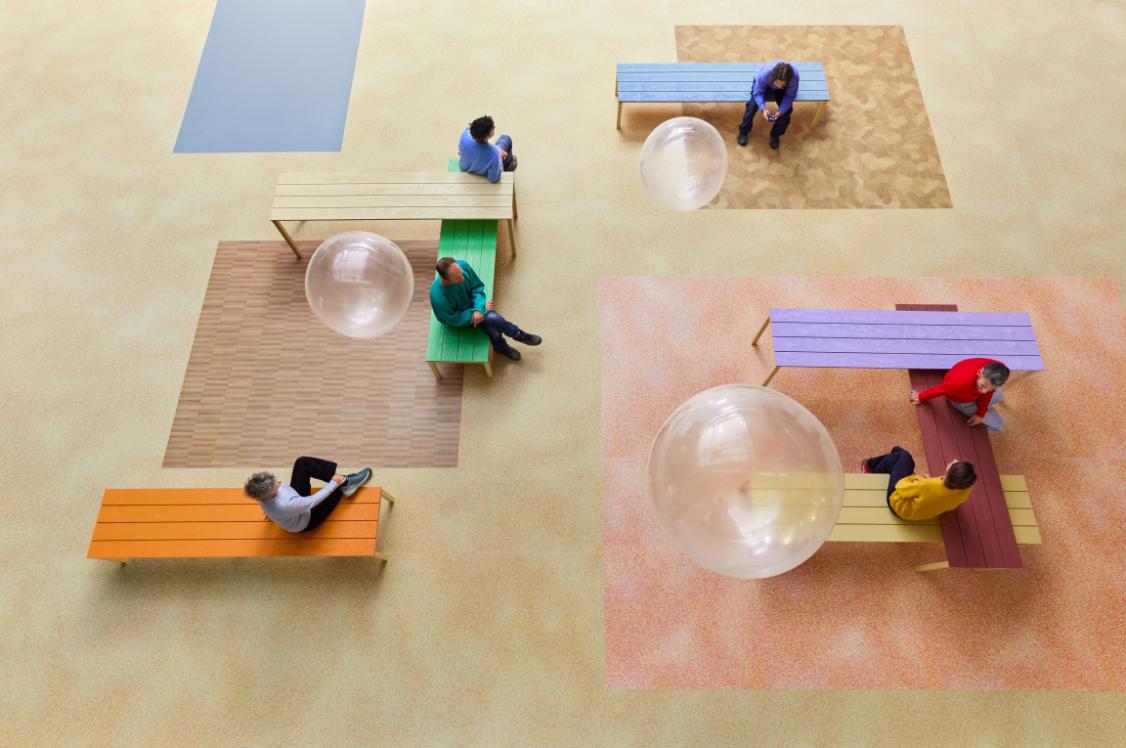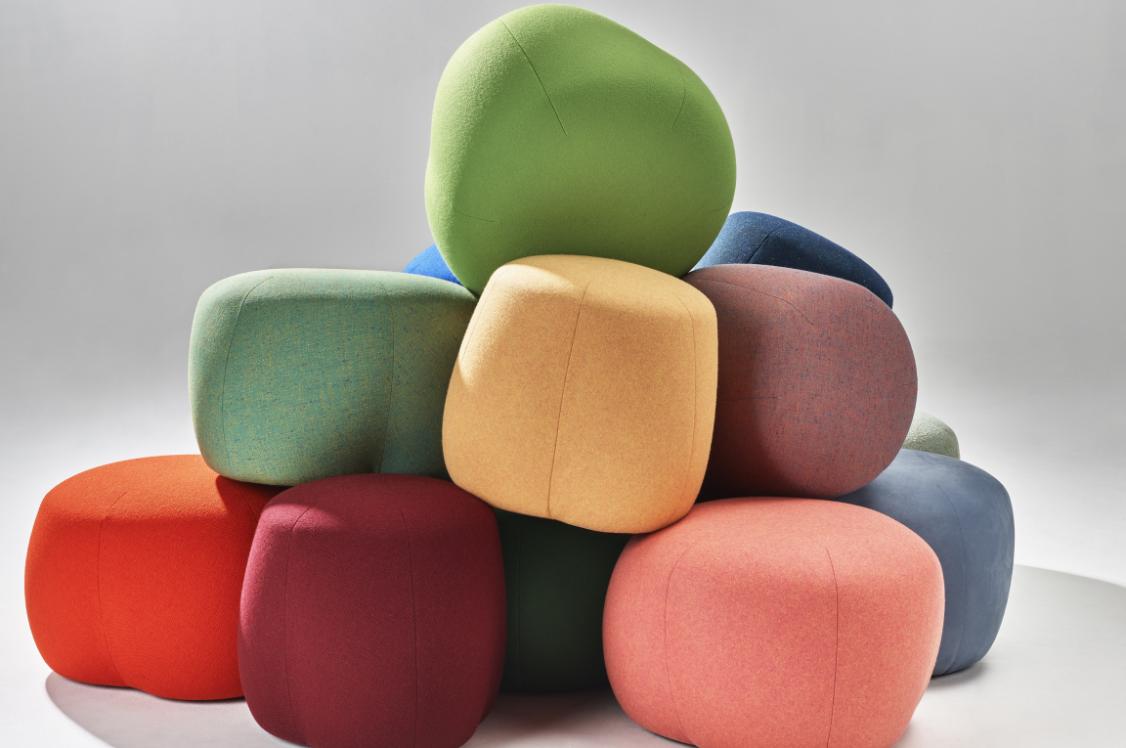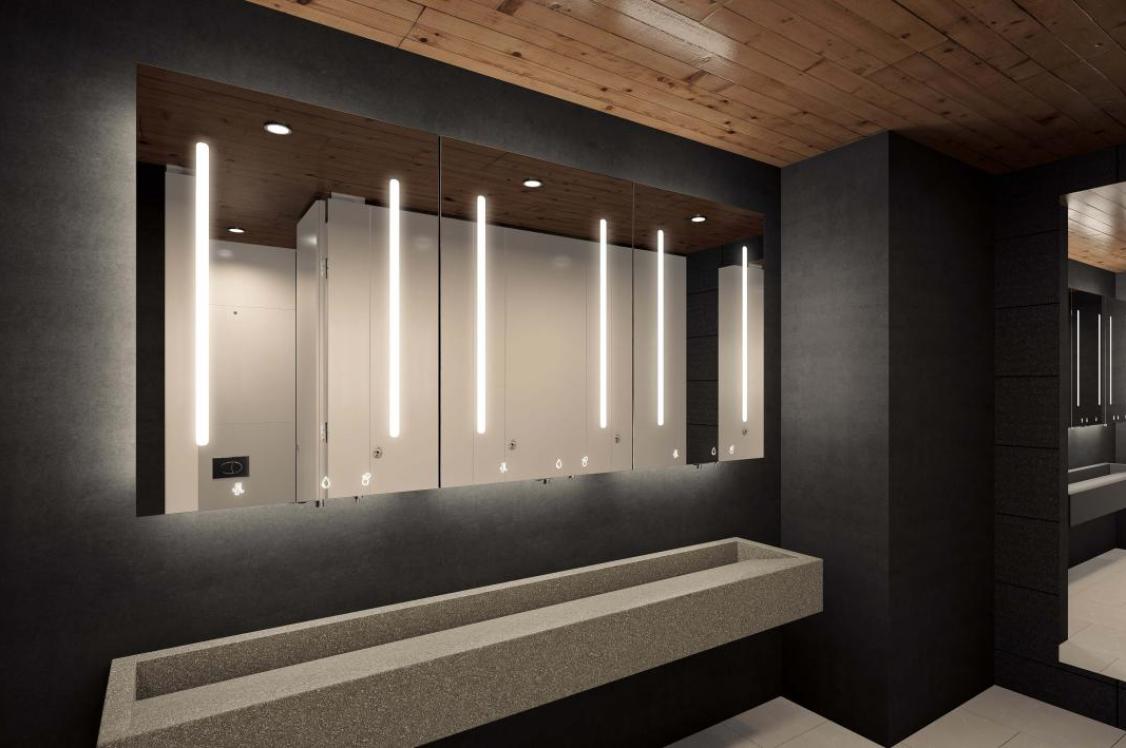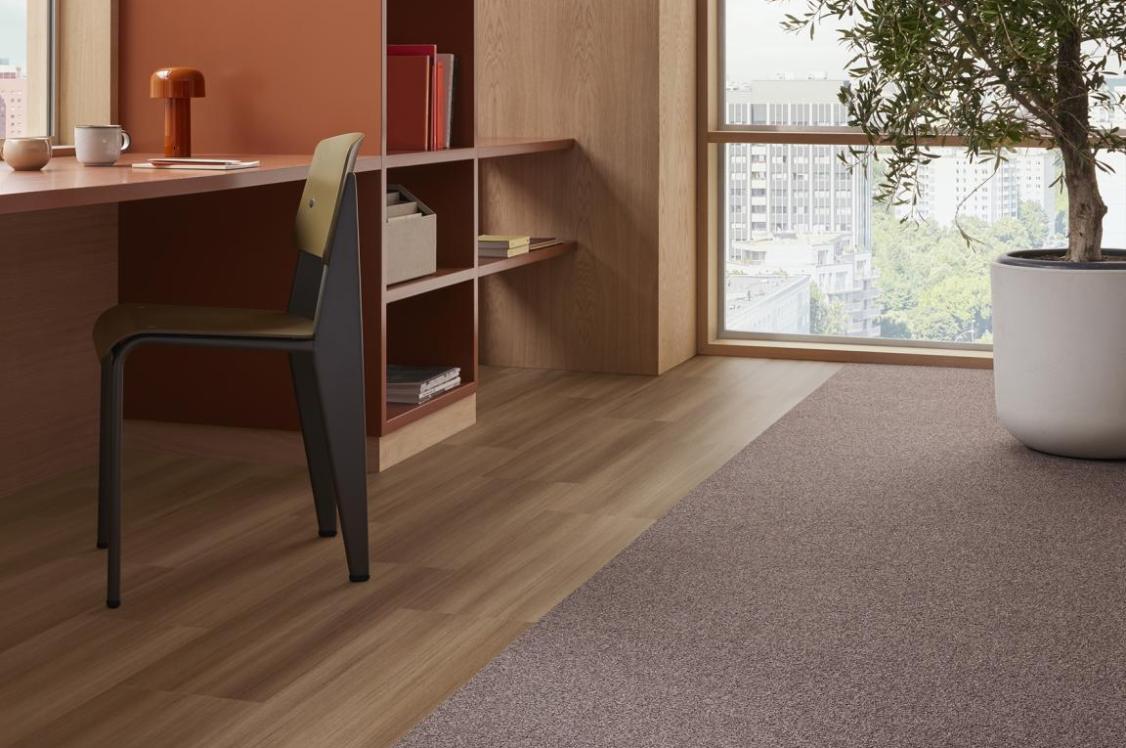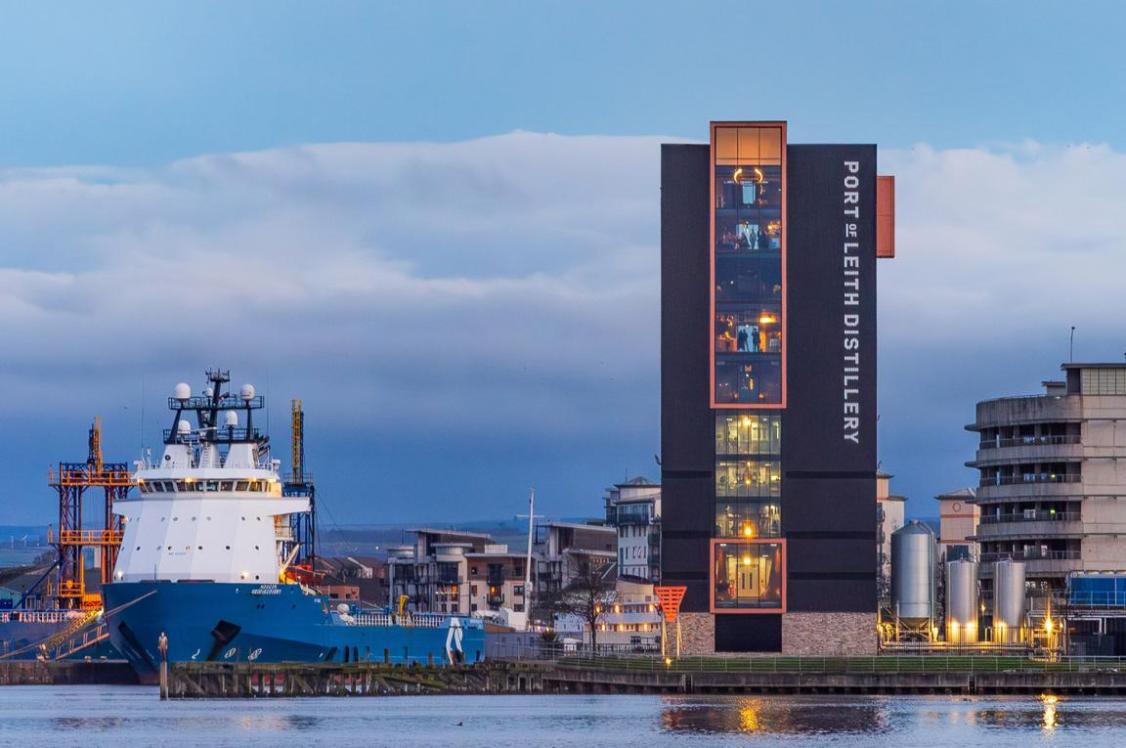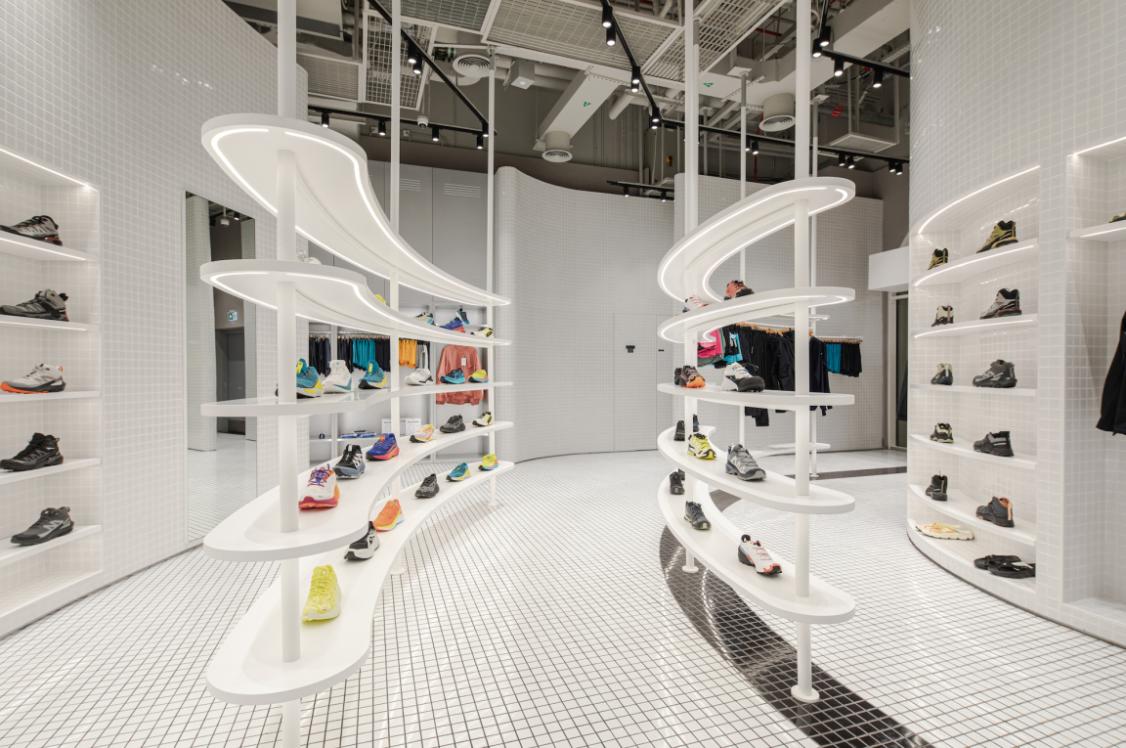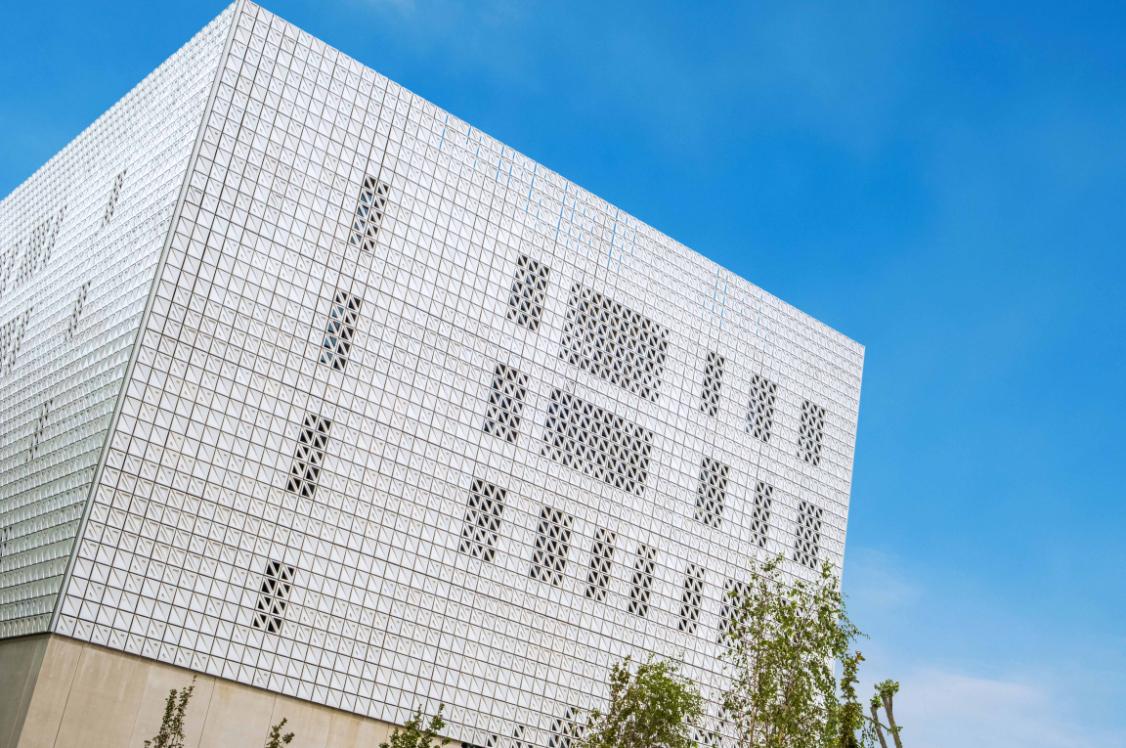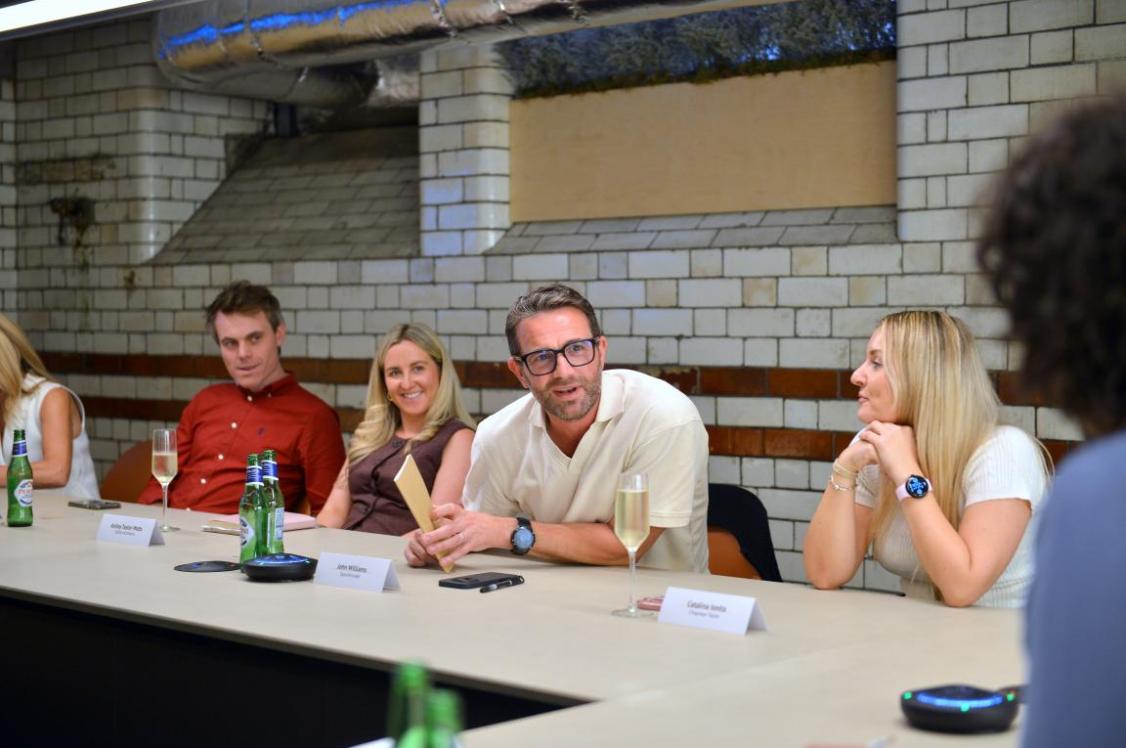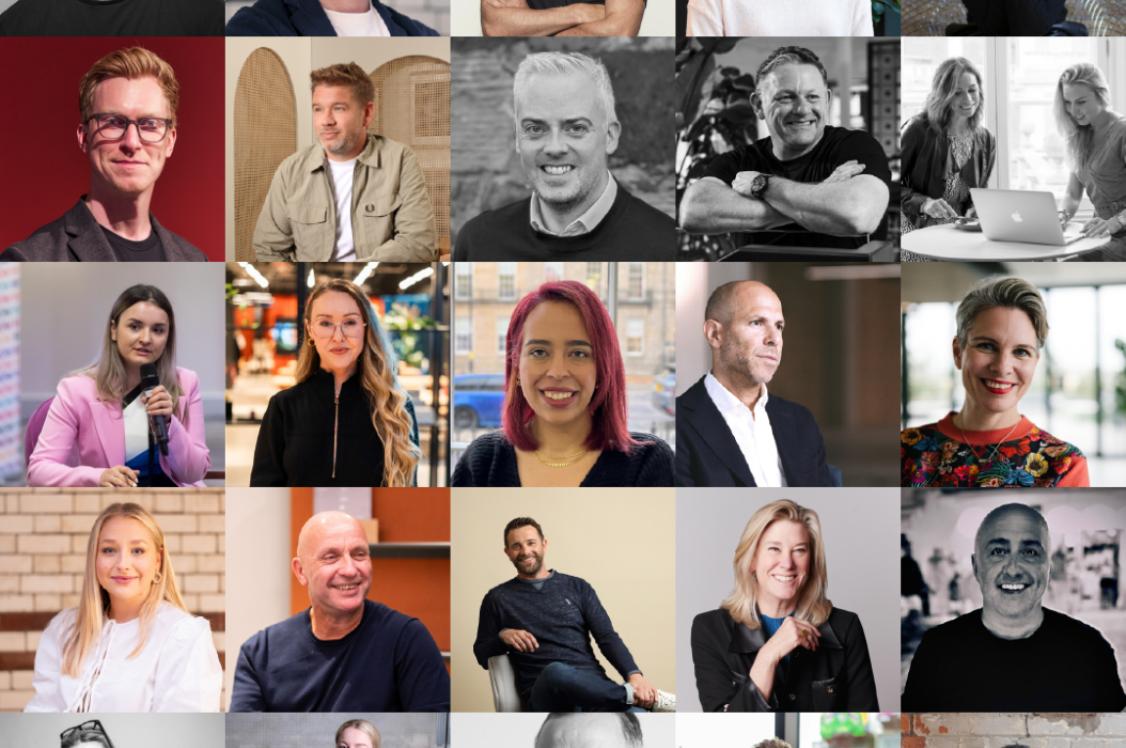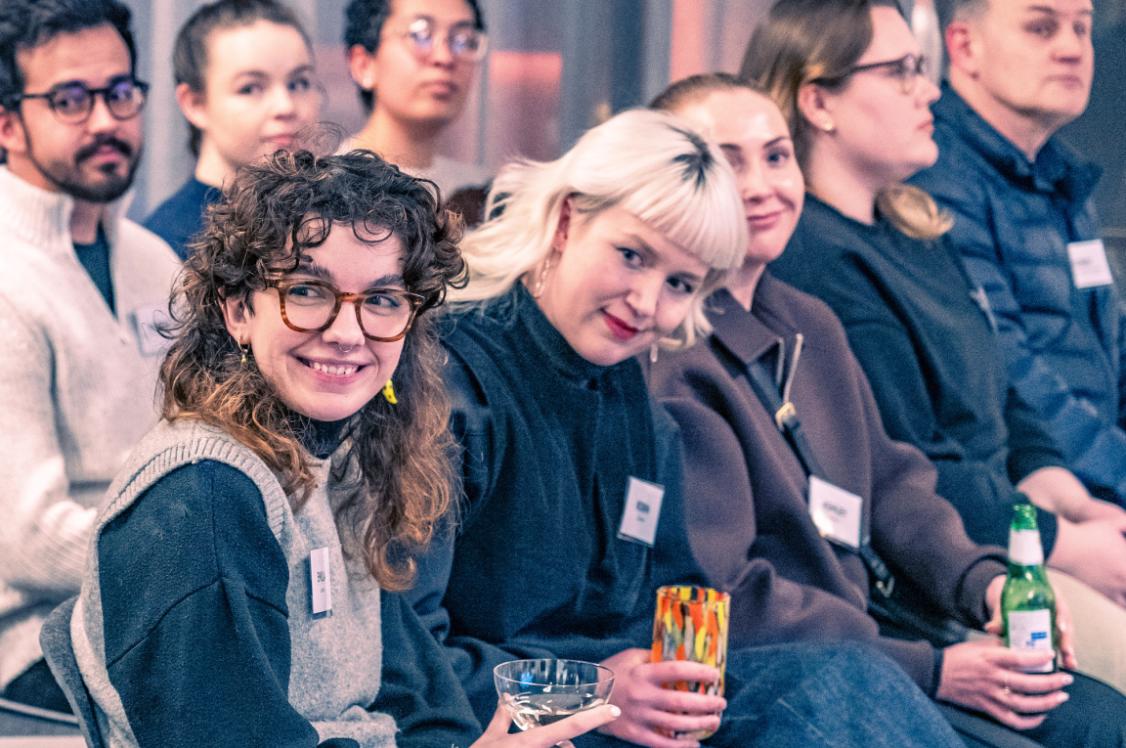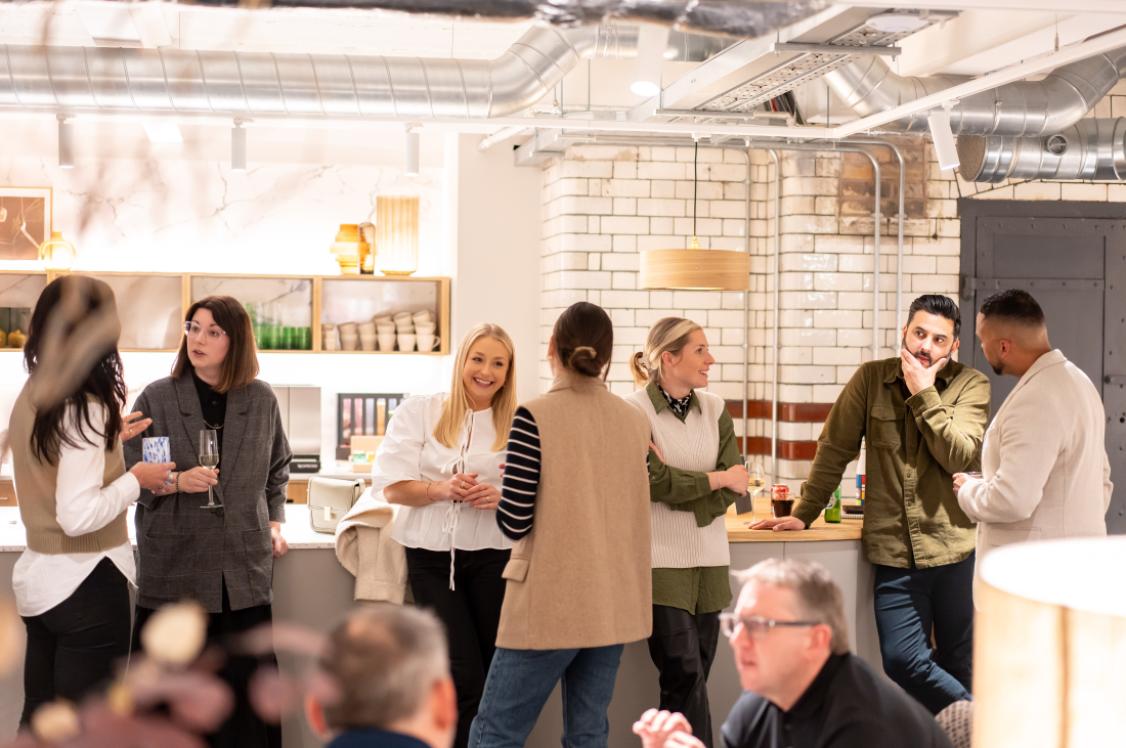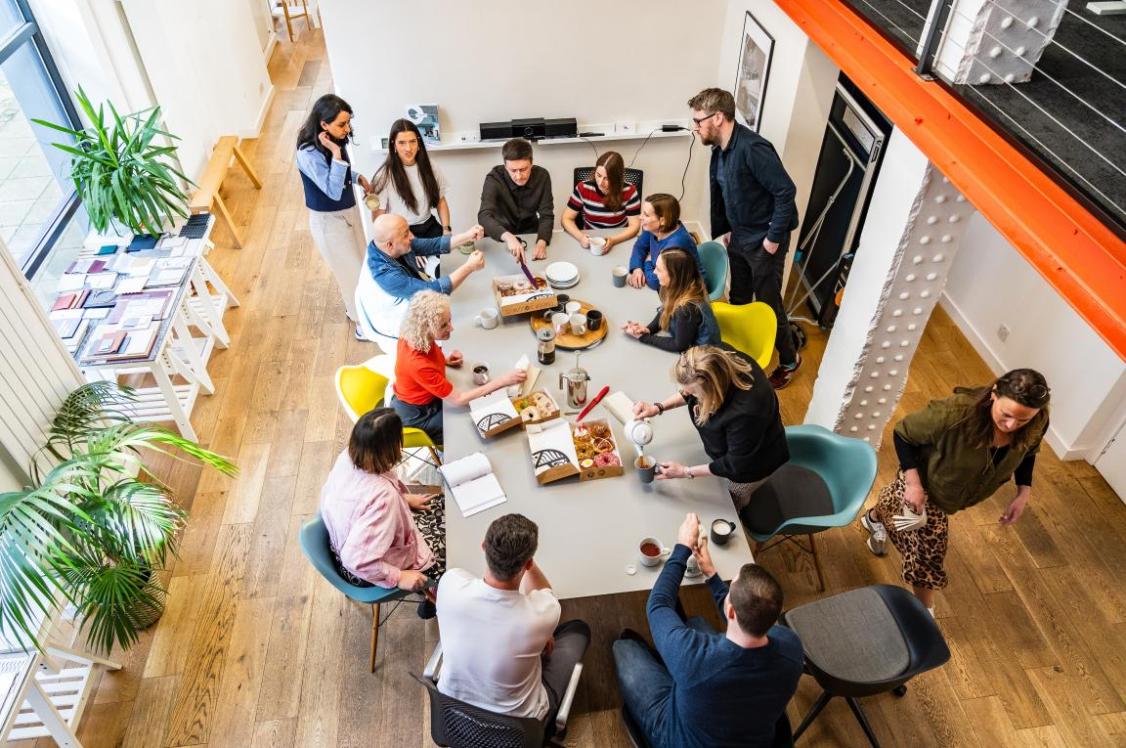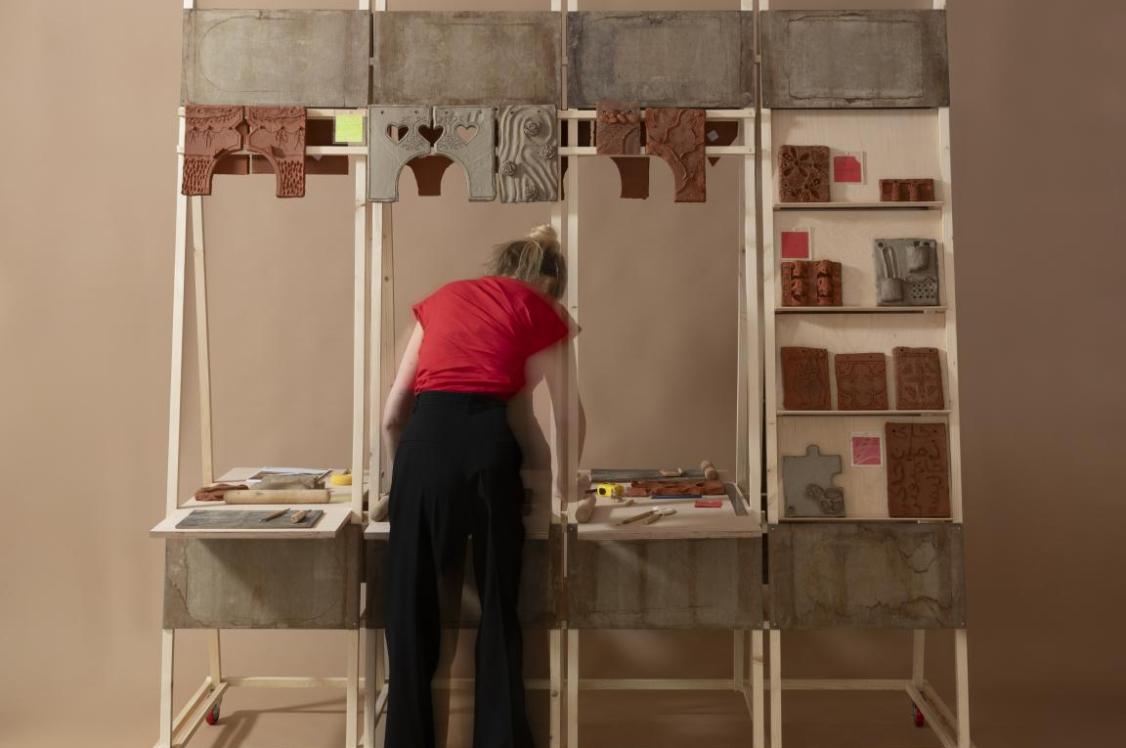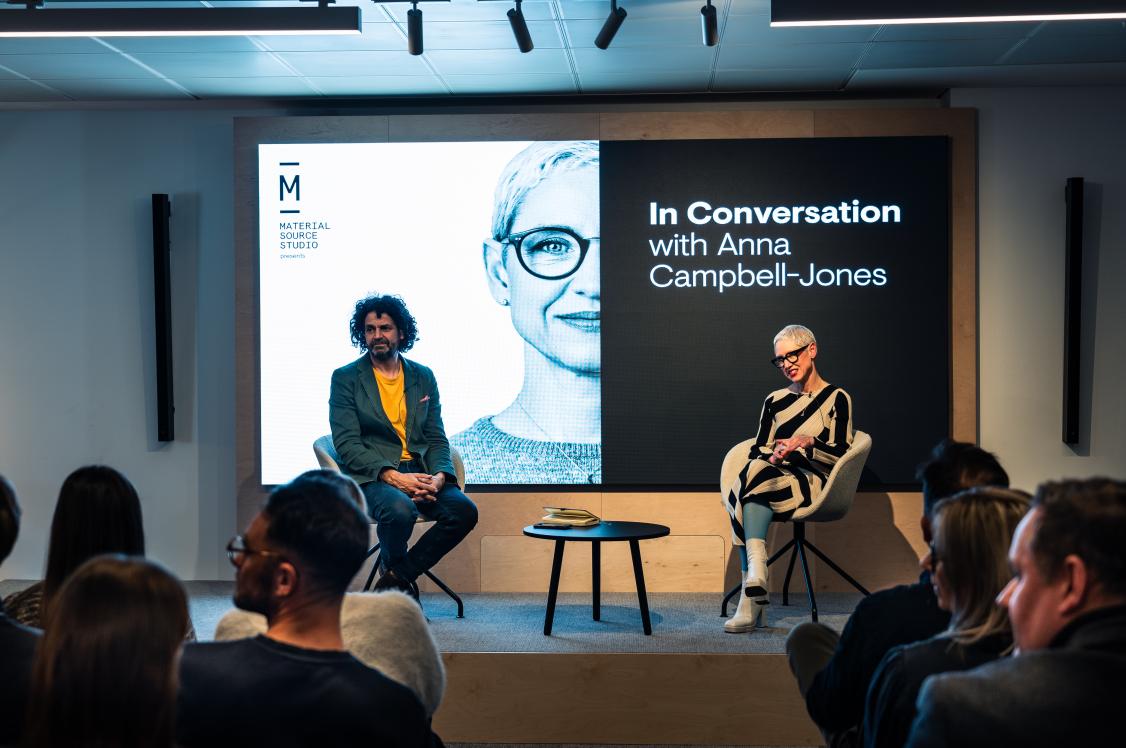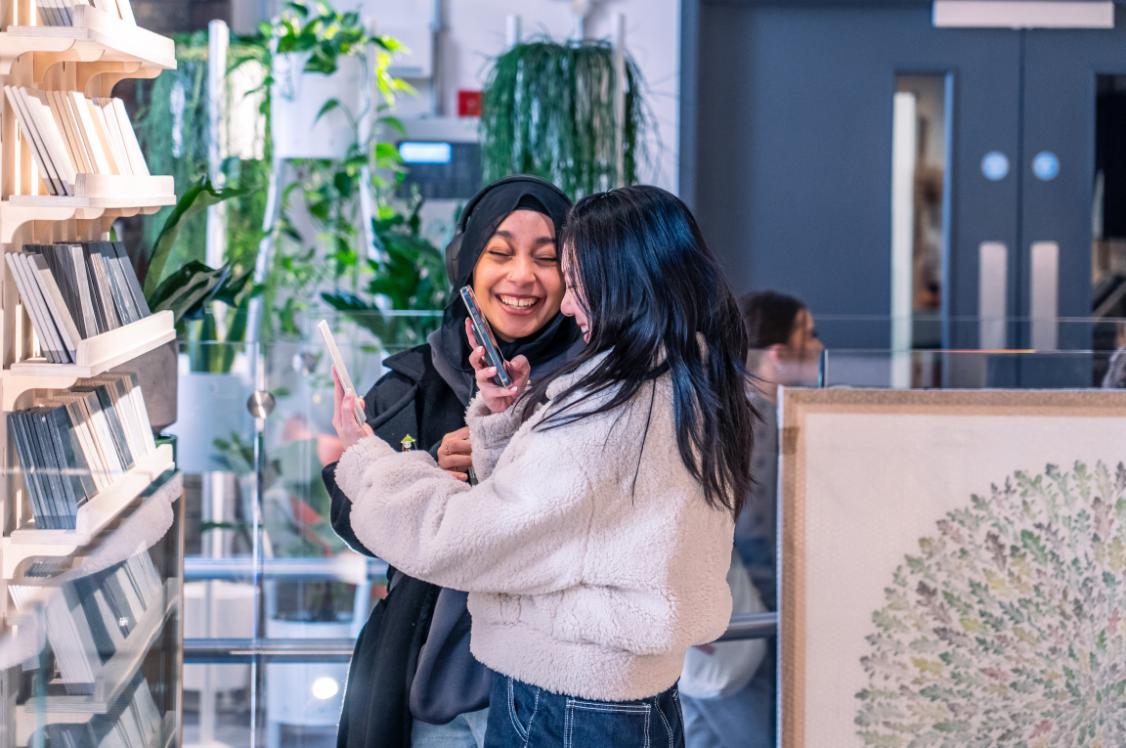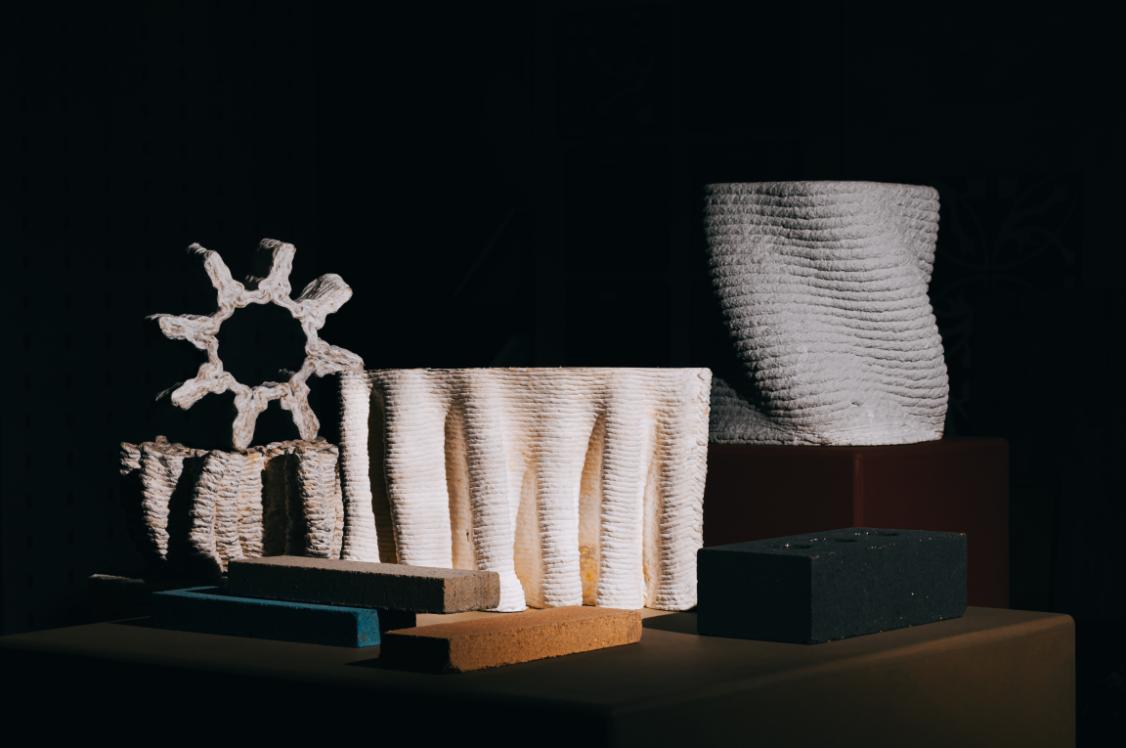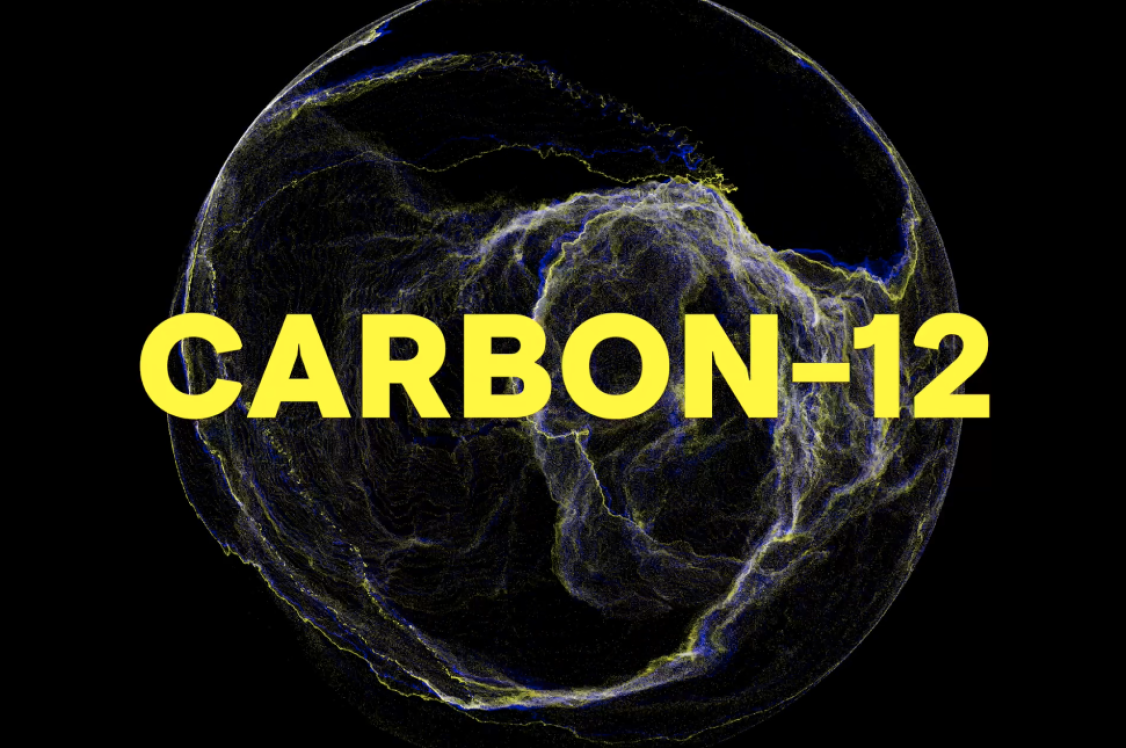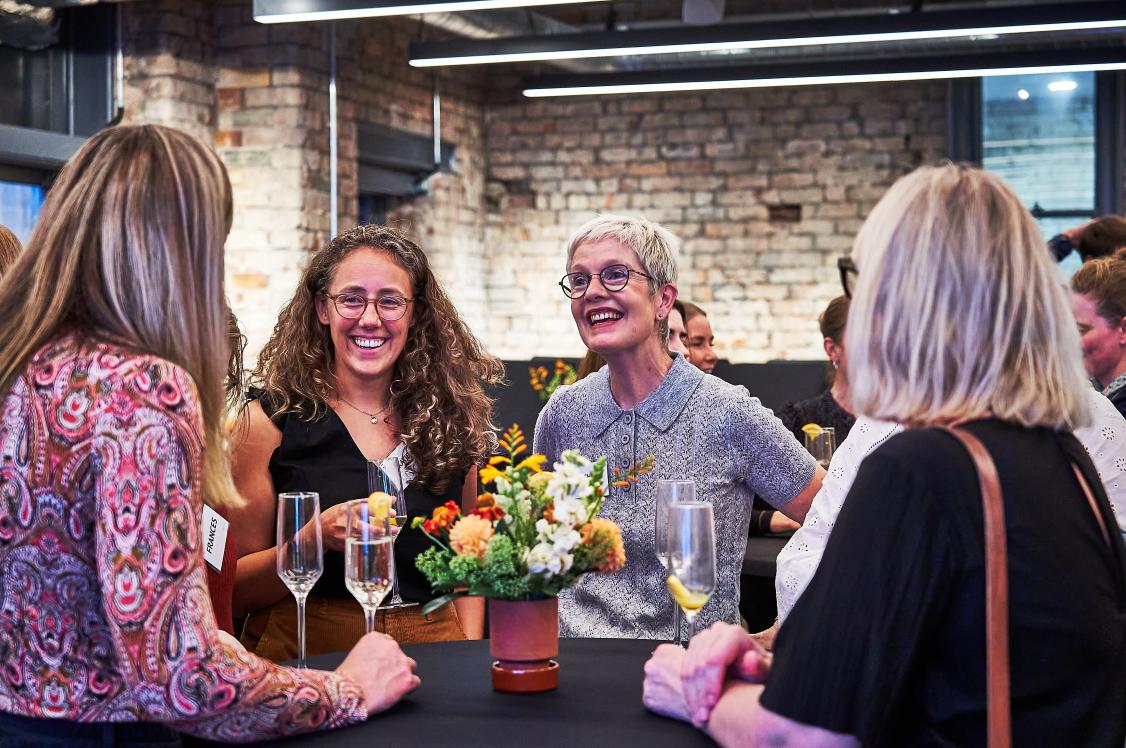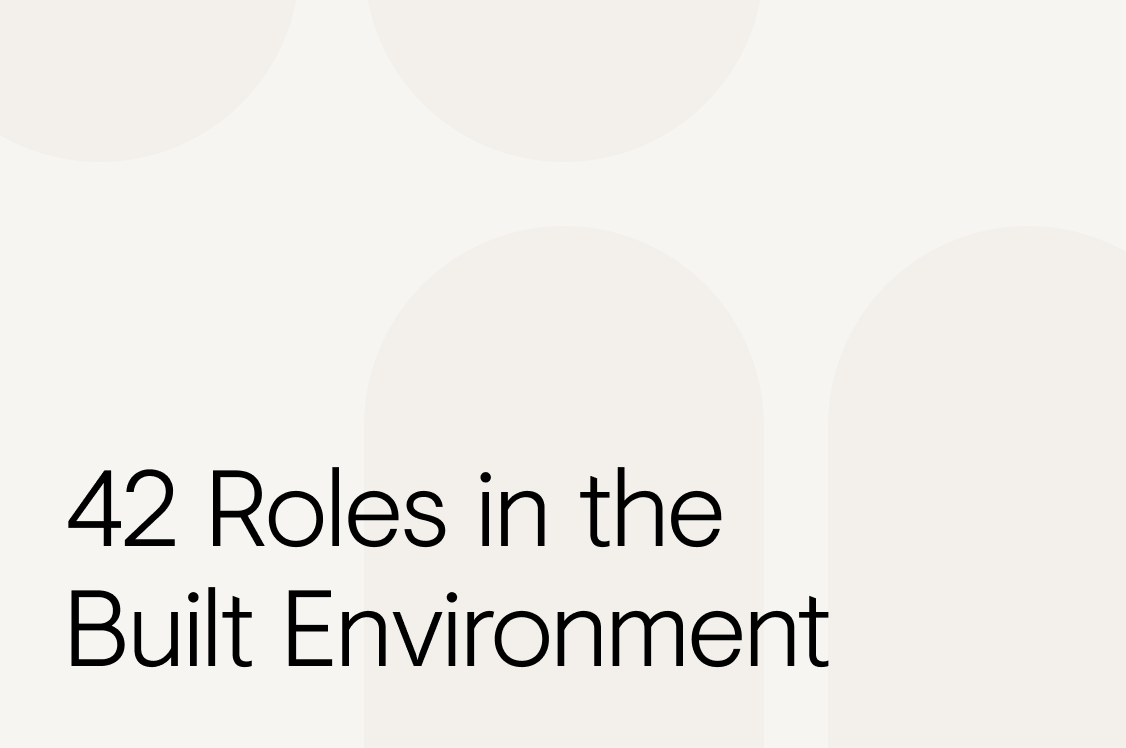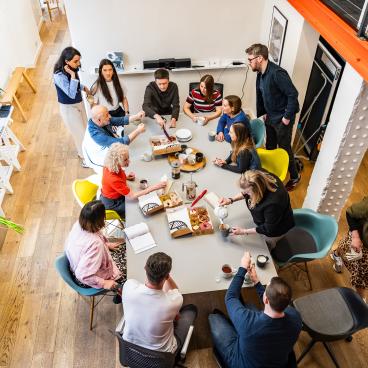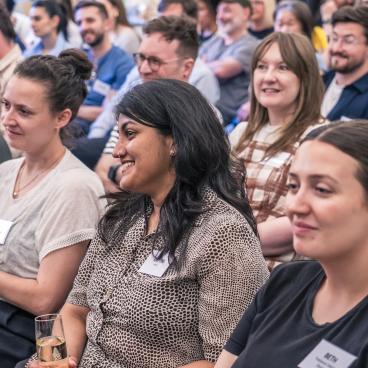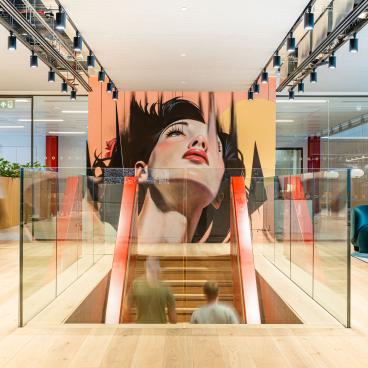AI: Human supporter or design destructor?
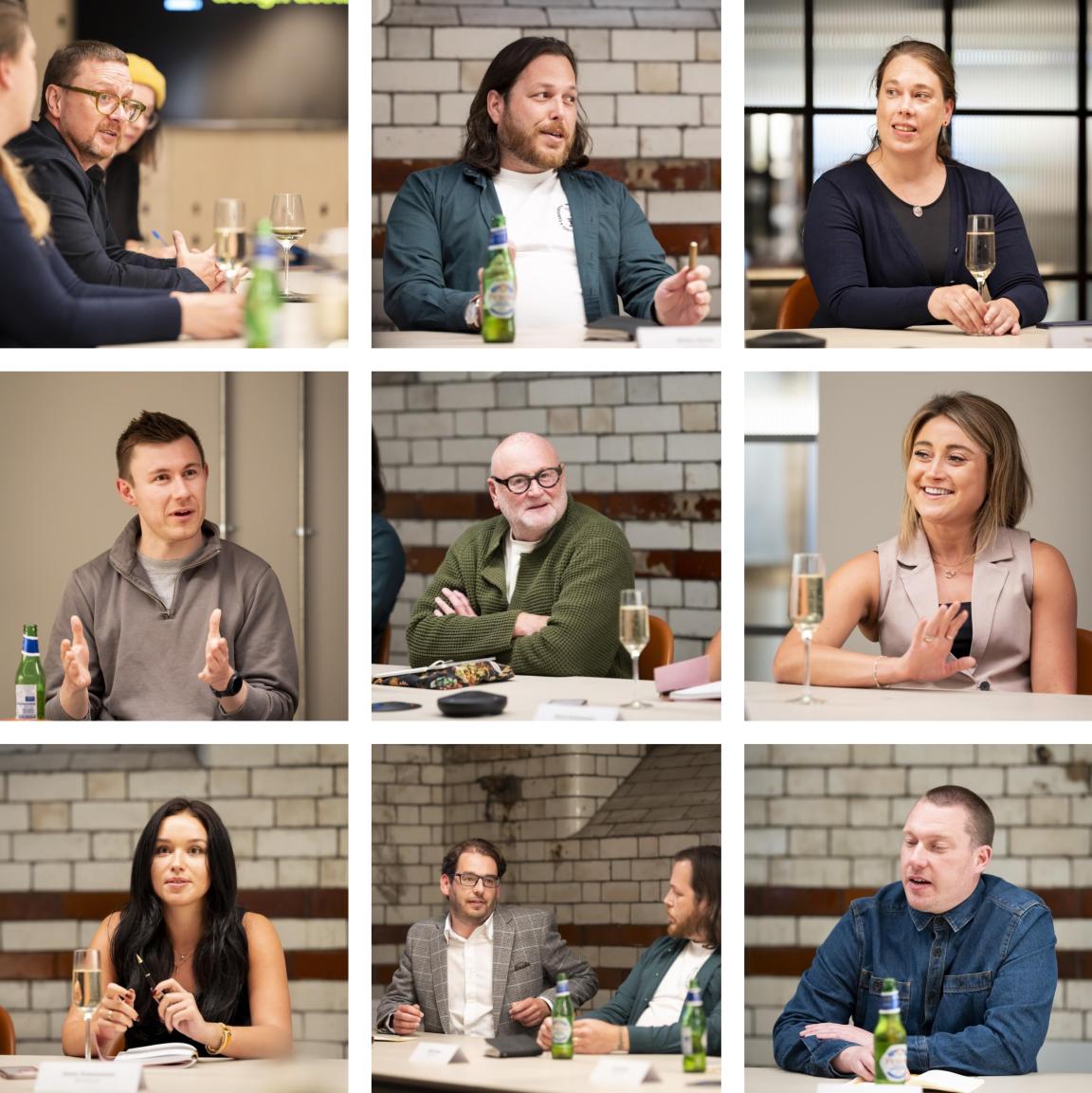
AI: Human supporter or design destructor?
That's the question we posed to nine guests at our roundtable in Manchester - all self-confessed early AI adopters approaching its use with "caution".
While AI was described by the group of architecture and design professionals as being a time-saving tool, the overwhelming feel was that, up to now, the built environment sector has not seen anything ground-breaking from these technology models.
Summarised nicely by guest Mark from MMU’s PrintCity, AI is said to be "prediction that requires validation". The point made in our seminar on the topic in Manchester that expertise will always play a crucial role in ‘marking AI’s homework’ was once again backed up.
Does it have the potential to catalyse larger change pattern? Certainly, the guests believe. LLMs are just ‘one part of AI’s story’. But with evolution happening at a rate of knots, there’s a clear realisation that the people and practices already strategising for the use of these developing technological advances will rapidly win out.
In the piece to follow, we run through some of the key talking points of the evening from our stellar guests in conversation with host, Material Source Studio director, David Smalley.
Our guests

Imogen Woodage, associate director, SpaceInvader
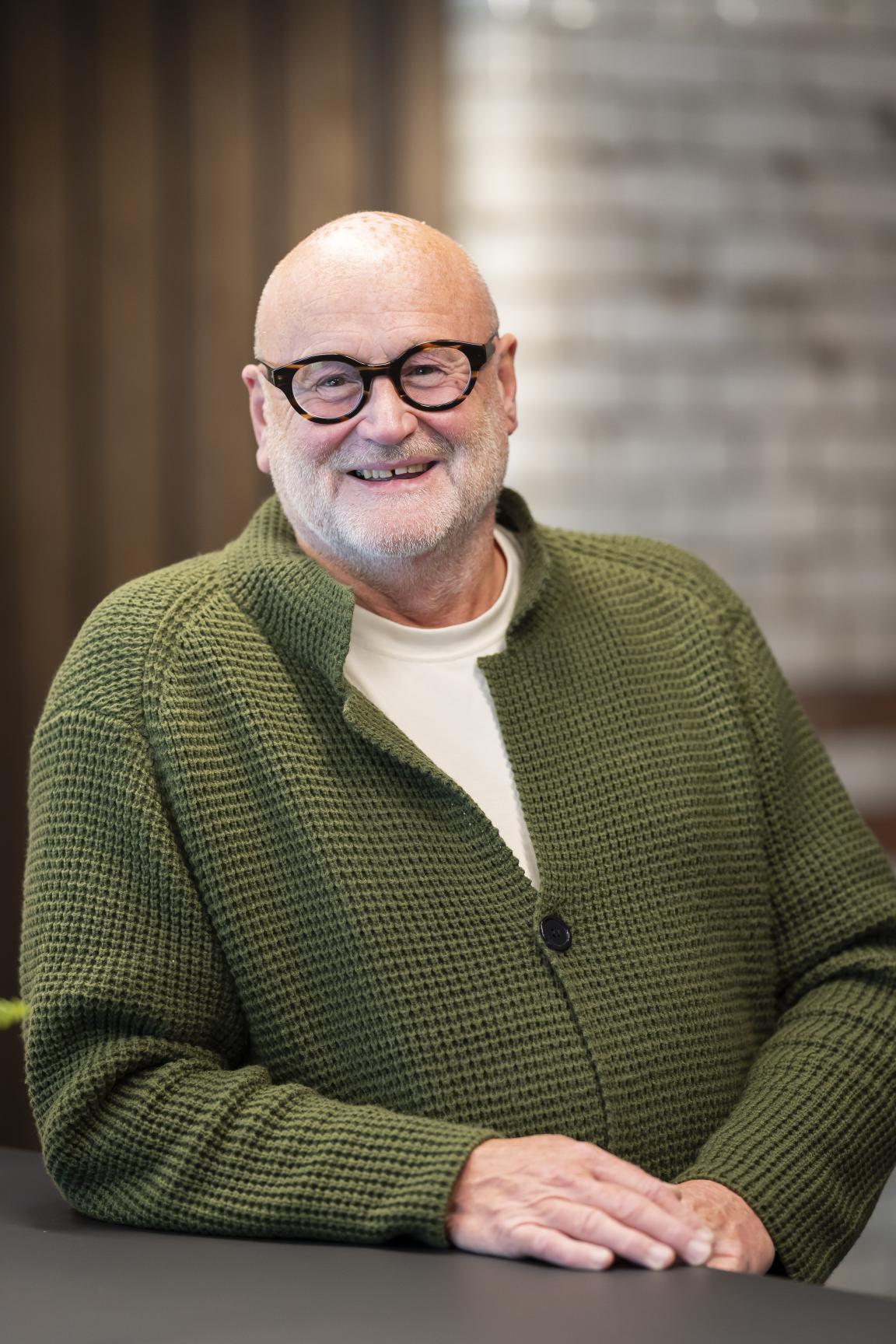
Ken Bundy, creative director, Claremont
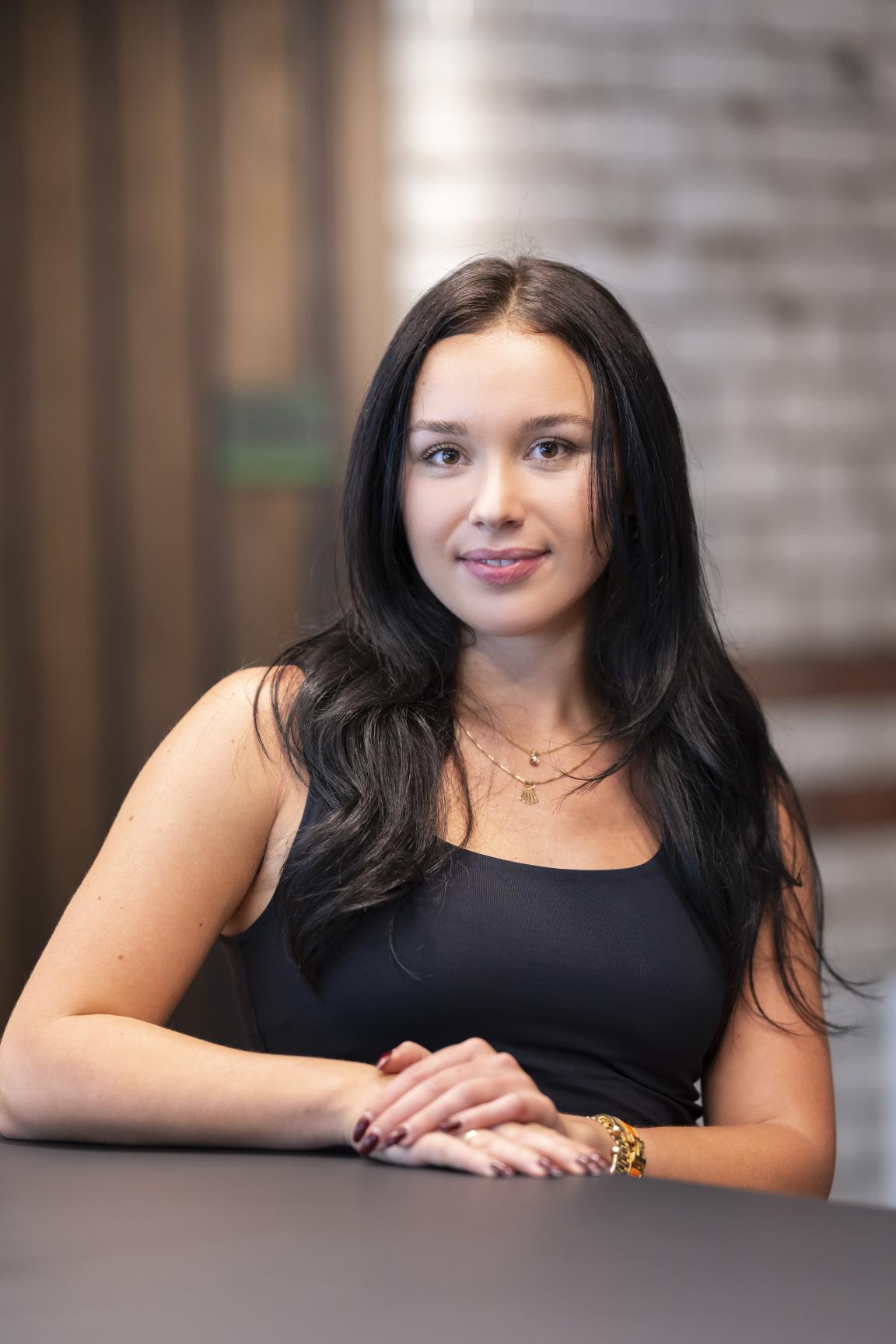
Jenni Greenwood, chartered development manager, Bruntwood SciTech
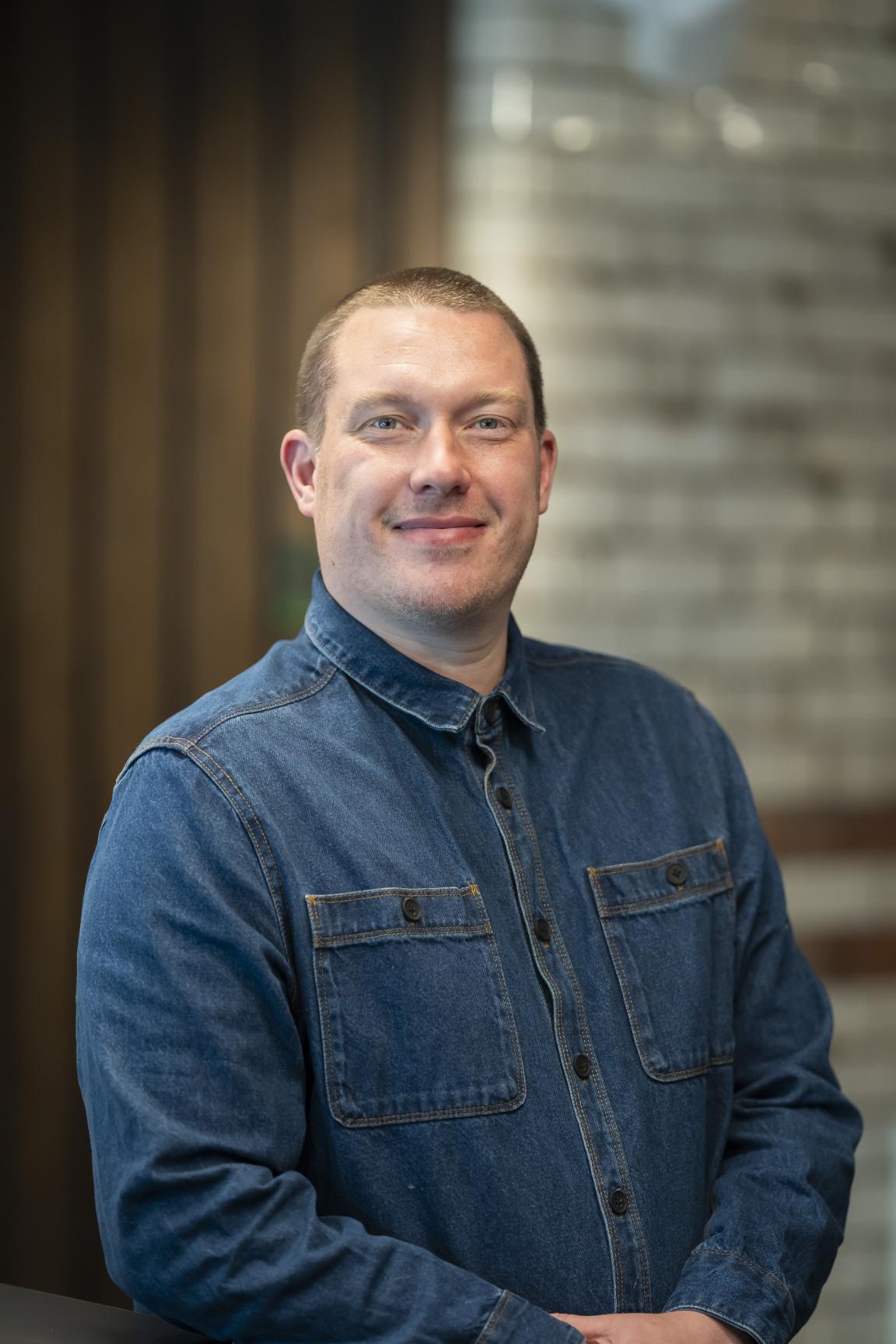
Ash Wilson, creative director, Sculpt
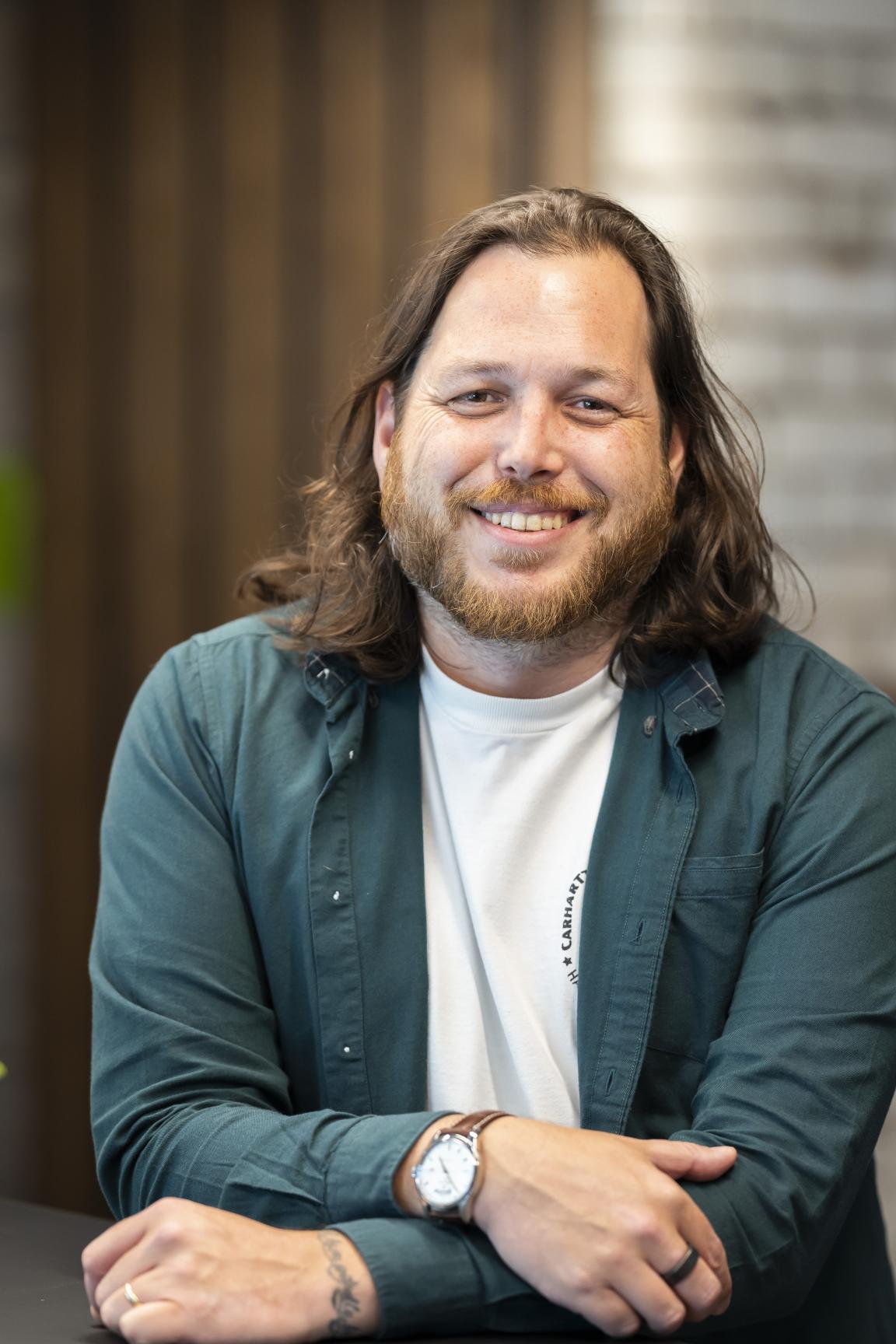
Atilla Denis, head of innovation, Space Zero
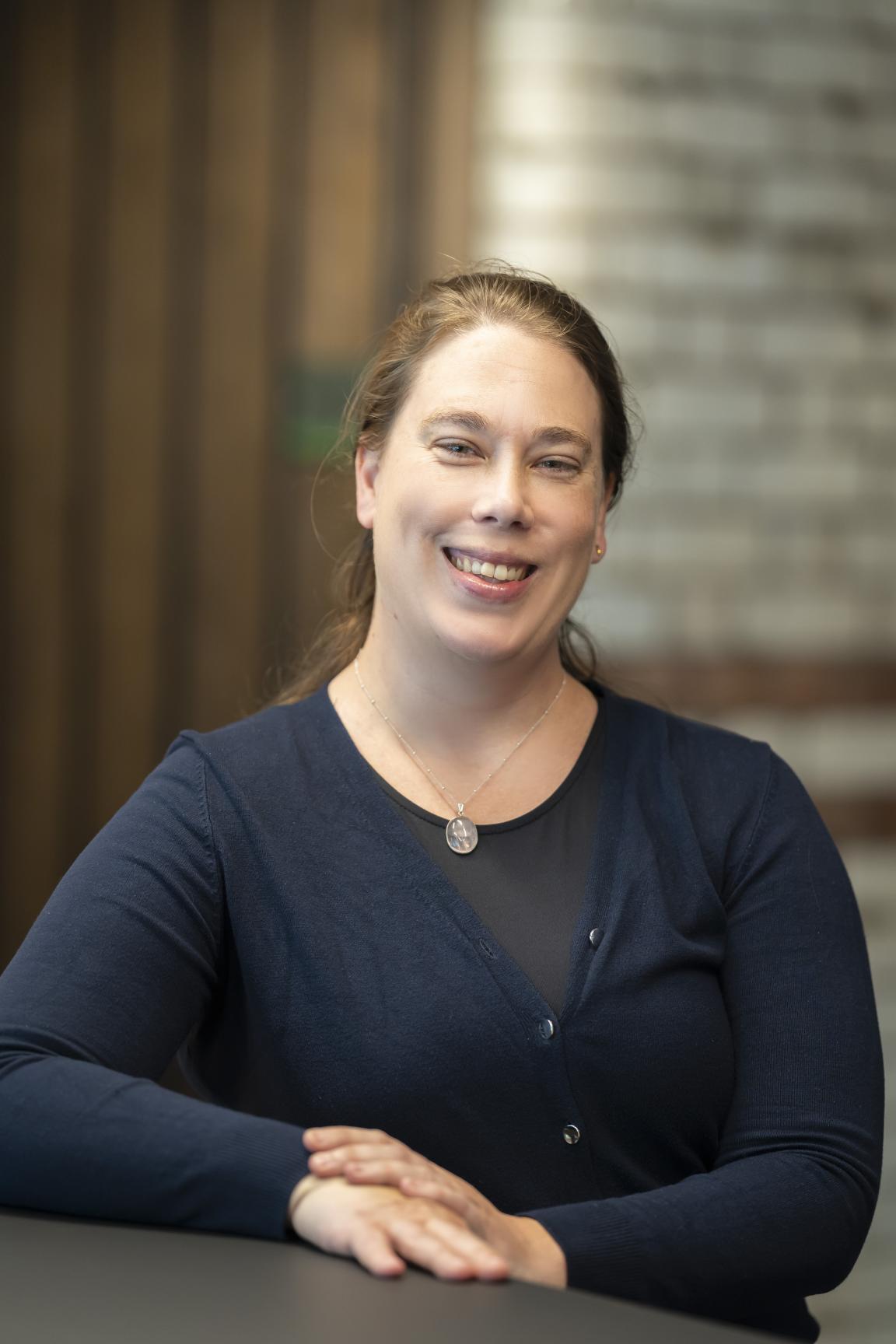
Isla Wishart, senior architect, Corstorphine & Wright
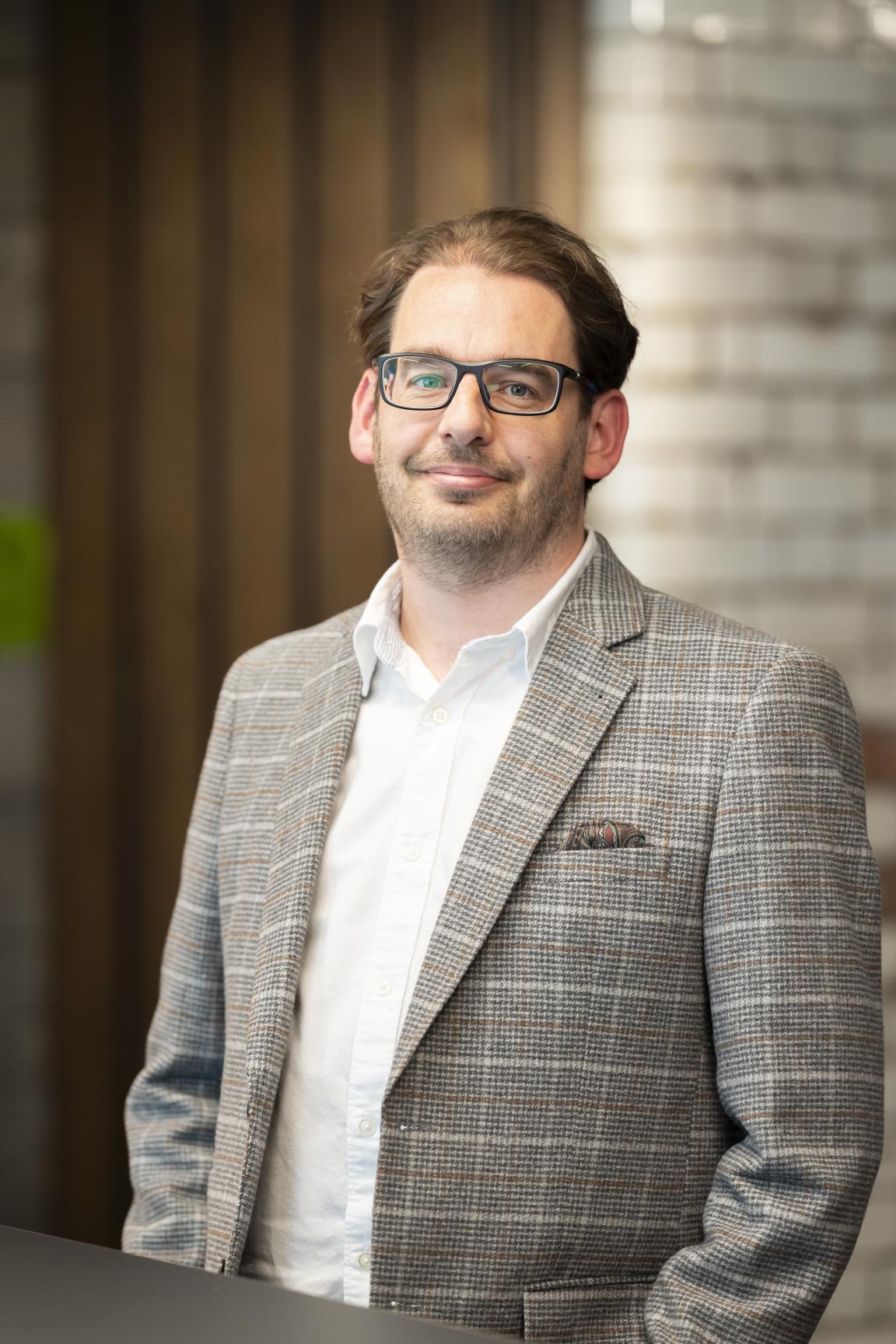
Mark Turner, director, AEW Architects
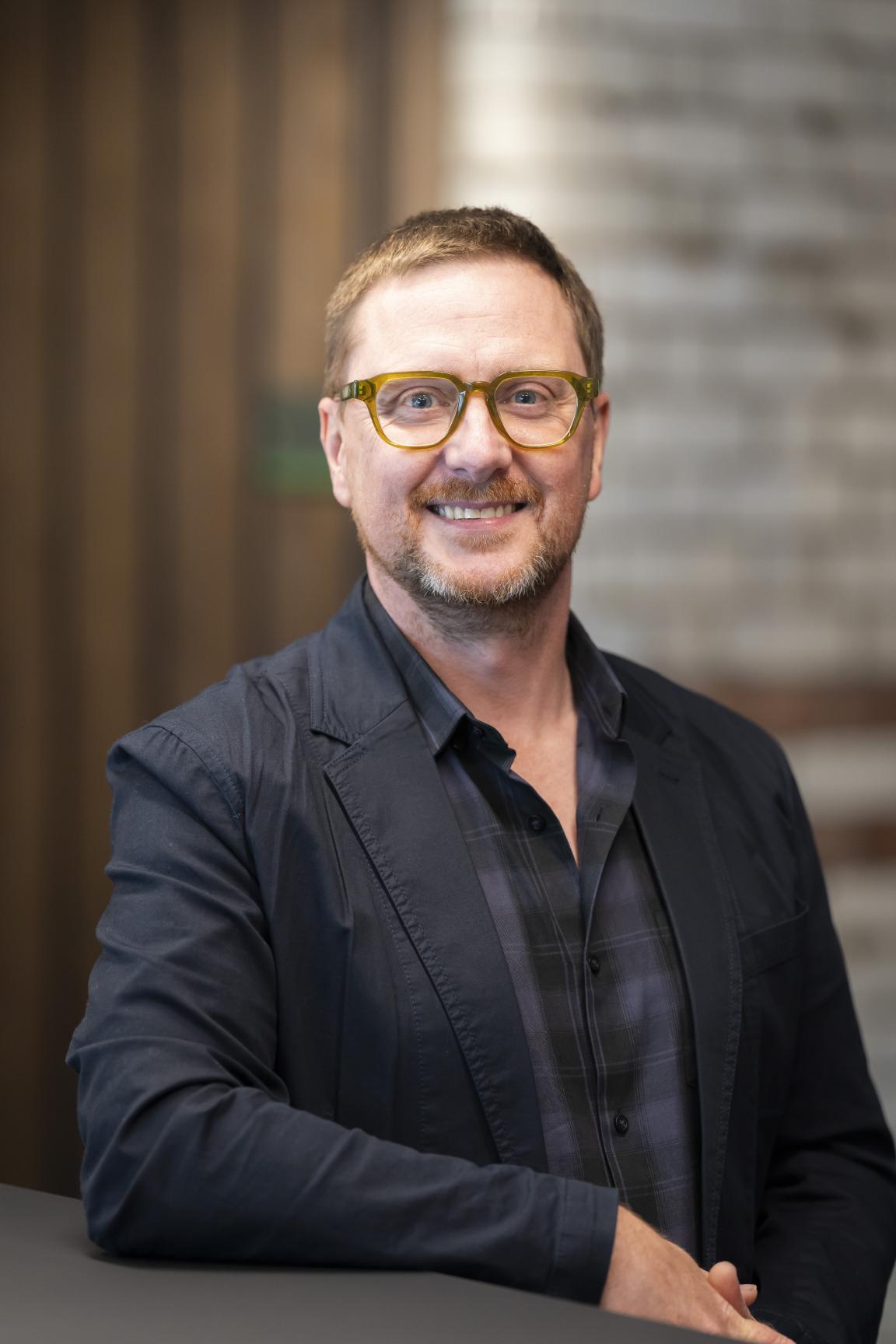
Gary Wolstenholme, associate director, DMWR Architects
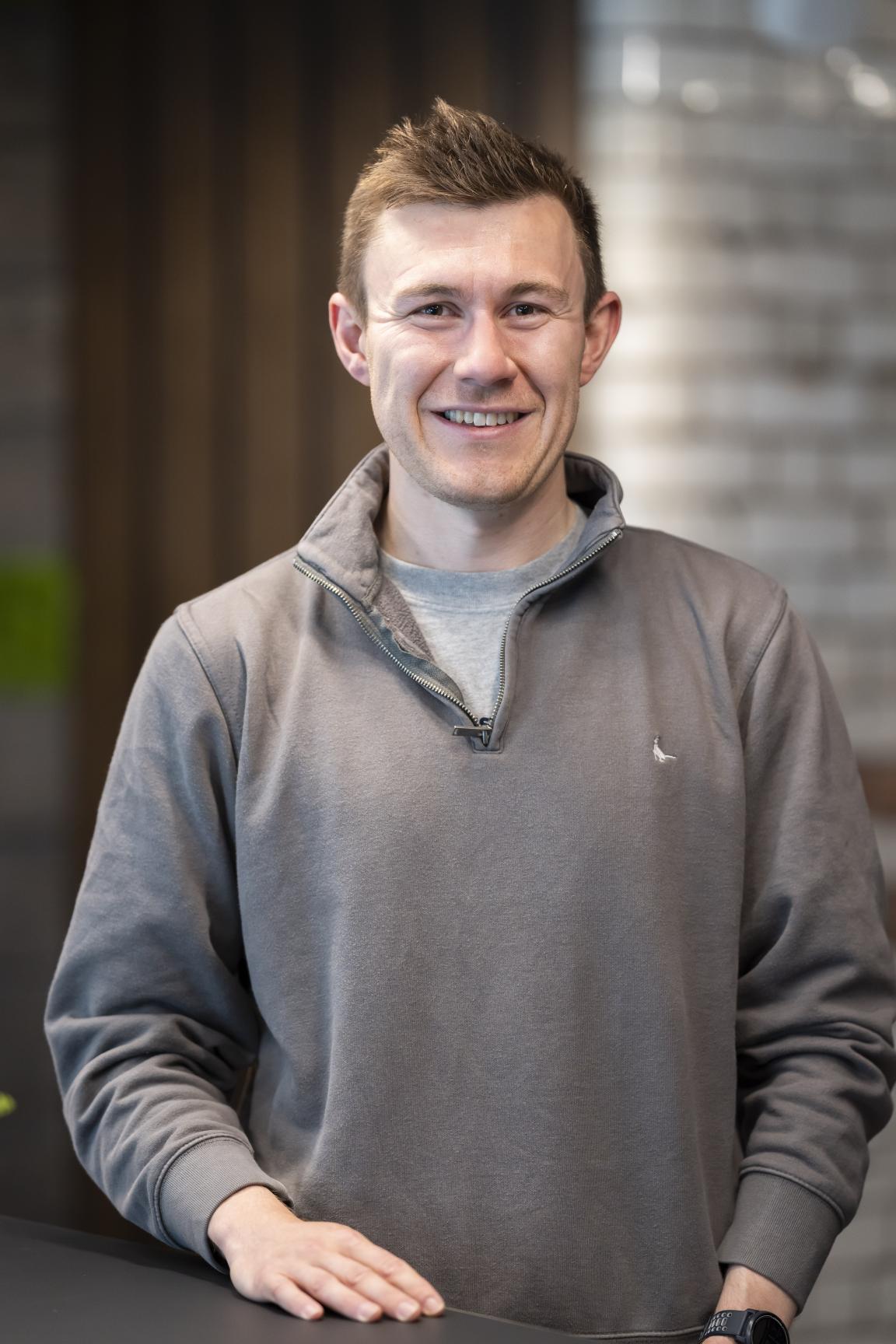
Mark Chester, product development specialist, MMU’s PrintCity
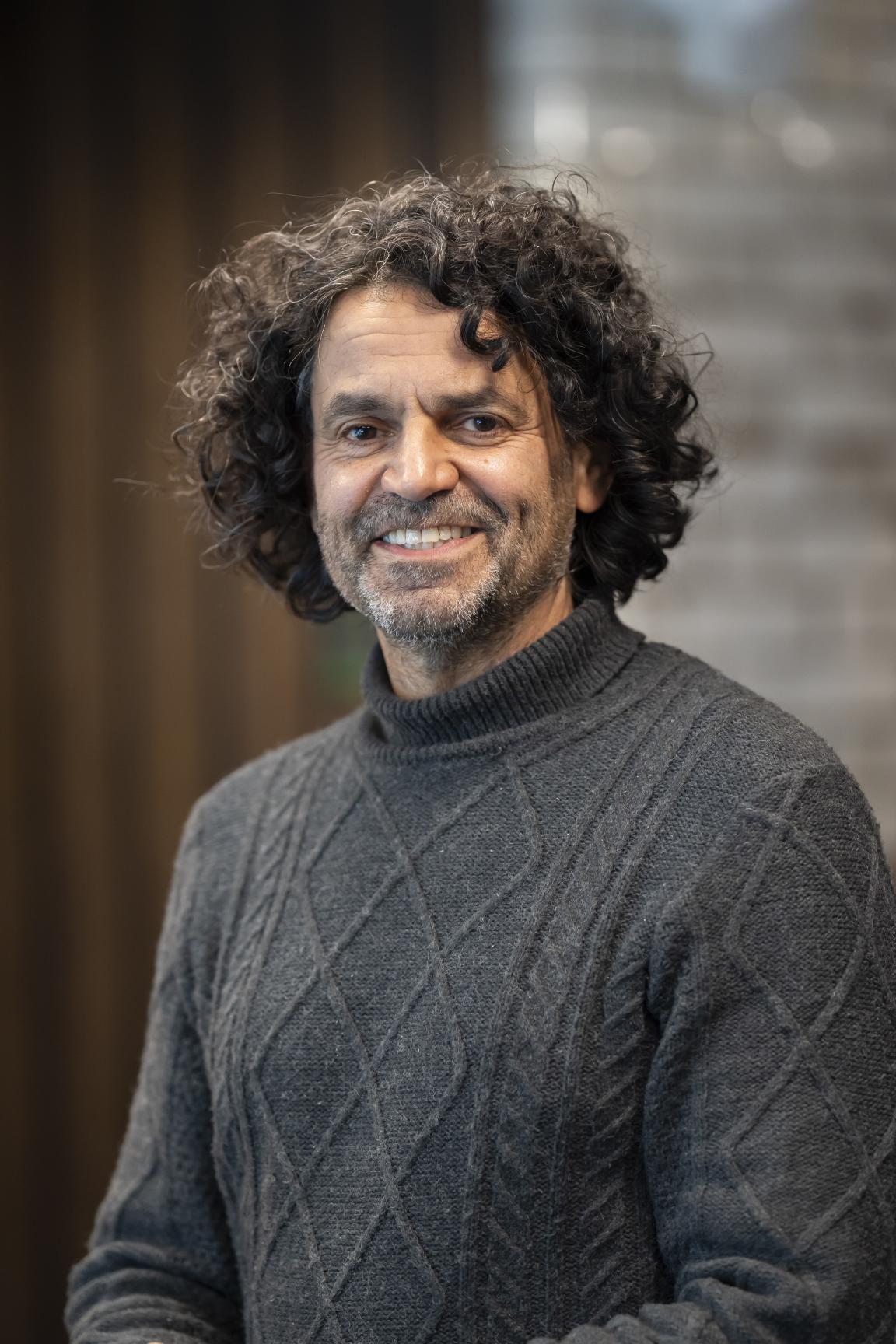
David Smalley, director, Material Source Studio
What is AI?
“When you describe AI to other people”, David began, “what do you say it is?”
“We link it more with IT as a technology tool, rather than an artificial intelligence”, Ken Bundy, creative director, Claremont, replied. “It seems to give the client detachment from the designer in particular because they don't feel the human touch. And as we're all design-driven in some shape or form, it's a very personal thing. A human thing.”
At Claremont, Ken shared that the team has been using Copilot for the past eight-months. And when it comes to AI’s adoption in practice, he likened it to the introduction of AutoCAD – which he said, “caused a lot of scare and fright” at the time due to people worrying about their job security.
Isla Wishart, senior architect, Corstorphine & Wright, agreed, “Instead of stencils and rotary pens, you got faced with a PC that had everything you needed in a box. People now talk about Revit in the same way.”
“Is that the feel then”, David asked, “that you get out what you put in with AI?”
Ash Wilson, creative director, Sculpt, suggested a more appropriate term for AI than ‘artificial intelligence’ – using “augmented intelligence” instead.
Referring once again to its use as a time saving tool – Ash has been using AI to uncover Excel formulas – Jenni Greenwood, chartered development manager, Bruntwood SciTech, added, “It's something that facilitates the way that you work and it helps you do things faster. It's not necessarily something that's going to make you be better.
“There’s a divide between 'human' and 'AI'. Humans are creative, and this is something that’s fed information and just repeats it, but does so really quickly, whereas humans are bad at that.”
It’s important to point out here, Atilla Denis, head of innovation, Space Zero, said, that AI is often misinterpreted as just being an LLM (Large Language Model) tool. “AI is not LLMs”, he stated. “AI is much broader. It's been around since the 1940s.”
Mark Turner, director, AEW Architects concurred, “We’ve seen AI evolve over decades – it’s not new. The OpenAI explosion has triggered a lot of noise and marketing buzz. But really, what we need to distinguish is, is it a software feature or is it actually intelligent? Because a lot of what we're seeing is just software features and we're getting blown away by things we already had that have now been rebadged.”
At its base level, AI, Atilla suggests, is “pattern recognition.” And the quality of the data determines how accurate the pattern is. Echoing both David Edmundson-Bird and Phil Birchenall’s emphasis at Manchester’s AI seminar on the fact prompting AI models will become a critical skill in the imminent future.
“Prompt engineering is a new skill we all have to learn to get what we want out of it”, added Mark Turner.
In general, there’s still an evident lack of trust when it comes to AI. Imogen Woodage, associate director, SpaceInvader, commented, “It cannot be relied upon or fully trusted.”
And for good reason, Gary Wolstenholme, associate director, DMWR Architects said. “It scans what's already there and spits it out. But it should be used with caution. I was checking British Standards today, and it was giving me totally different figures. Always check.”
In addition to prompting, checking and validating AI’s output is a dual critical skill required for the short-term future, our Manchester seminar panellists said.
During the roundtable, Mark Chester, product development specialist, MMU’s PrintCity, too made the point, “It’s prediction that requires validation.”
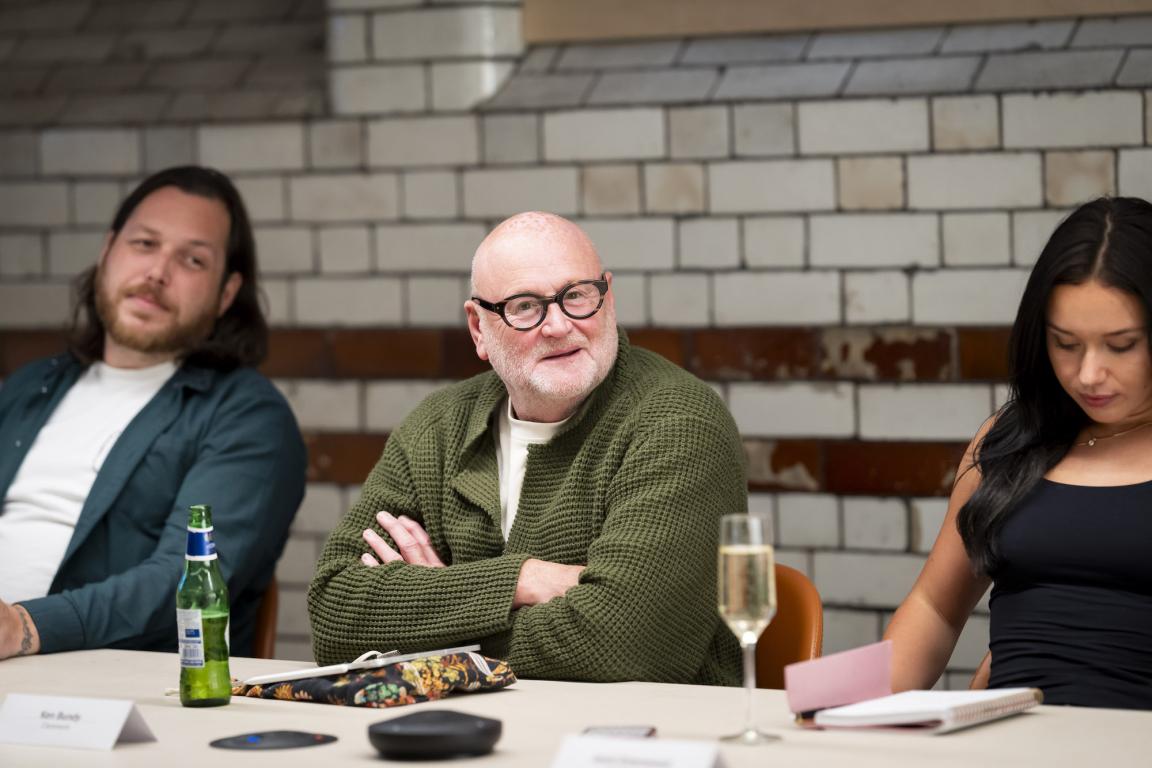
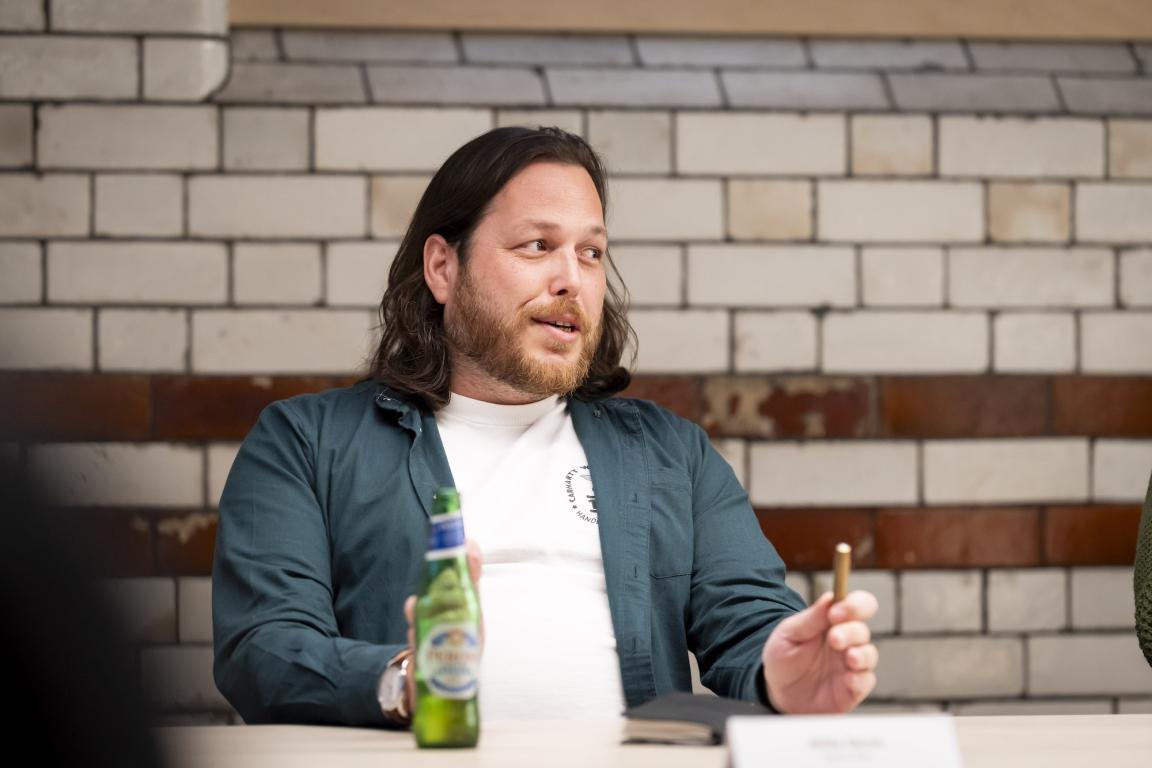
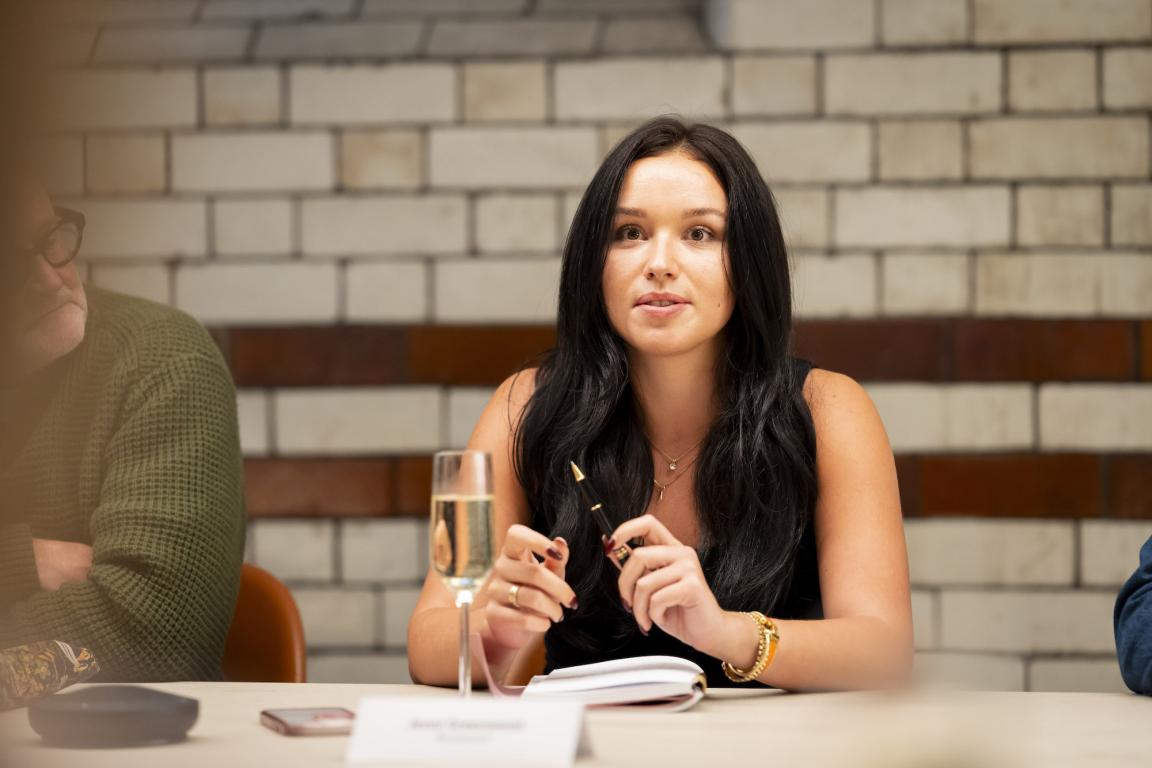
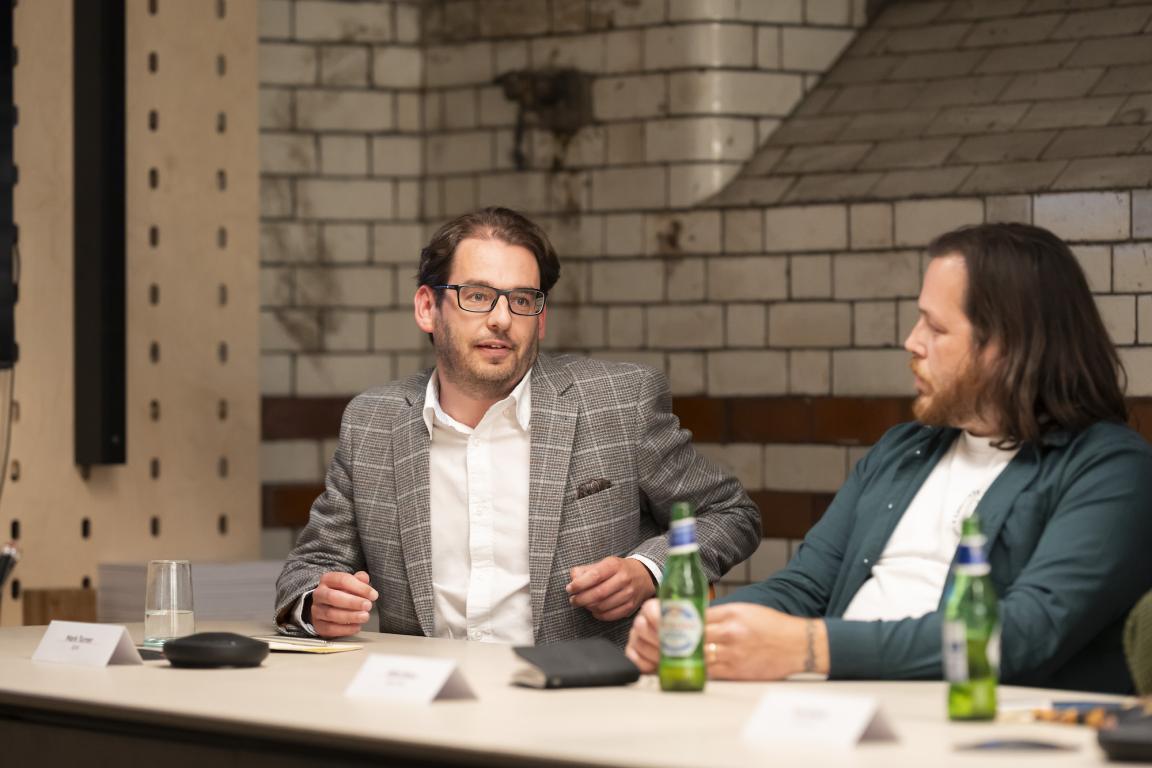
What are AI’s benefits?
“Is it fair to say that AI can remove the ‘grunt work’?” David asked.
Imogen believes it can, especially when it comes to saving time on visualisation. “Say you want to remove a whiteboard from an image of a room – you just circle it and delete. Or you might spend hours looking for the perfect image for a document, but now you could highlight a chair, say, and change the colour to suit. As a tool, AI is speeding up the visualisation process.”
Isla’s view, however, is that the ‘grunt work’ is actually, in many cases, the important work. It’s checking against the Building Regulations, for example. Referencing a recent space planning task that she had set AI to complete only to see it subsequently fail, Isla said, “Despite having the sizes of the room, and the requirement of a kitchen island, it still couldn’t work it out. Now that was a personal project, but at work, that’s your feasibility study. That's where you'd spend a week looking at a layout and going over how best to plan it all.”
There are specific space planning tools which utilise AI on the market, Isla adds. TestFit is a programme designed to optimise car parking lots. It can save a lot of time on what is a repetitive task, but the point was made that often these types of tasks are an important part of a fledgling architects learning process.
Are the group comfortable using online models? Ken believes we can’t rely on them. With offline, purpose-built models, there’s an “element of control”. Increasingly, practices are crafting their own models which house only information they’ve generated – BDP, for example, has ChatBDP.
Again the uses for these models ranges anywhere from visualisation support, as Imogen mentioned, to note taking at meetings. “AI taking the minutes can save four or five people from having to be in the meeting. If we can reduce that time, we can spend more on being creative”, Ken said.
Atilla commented that Space Zero also uses AI for this purpose – “If someone within the business can’t attend a meeting, they’ll ‘send AI’ in their place.”
Another use, particularly on the development side of the built environment sector is site analysis, Jenni offered. “If a site is quite far away from us, we can get a quick analysis of it using online software to measure it and to see how much massing we can get on it. Depending on this, we can decide whether to visit it. It saves a lot of potentially wasted time on visits to unviable sites.”
“Does that impact how you work with an architect?” David asked. “No” Jenni responded – “we would engage with architects following this – it just helps us on a high level.”
At Manchester Metropolitan University, where Mark works as part of the PrintCity team, AI is supporting with prototyping for 3D print projects – “text-to-image and image-to-image stuff - it's accelerating some of the processes we have, though it’s more of an assistant than doing something for us. I'm yet to find a use case for it in my experience of where it's really a game changer.”
Though he said it is helping to save resources such as energy and less material – “In an additive manufacturing sense, or 3D printing sense, we can optimise parts so they use less material, less energy consumption, they are more easy to machine in different ways. But you still have the input from the designer in the first place, and then optimise backwards.
“From our side, we're trying to encourage people to adopt technology. 3D modelling is one of the biggest barriers to 3D printing. So, initial design ideation can be really useful.”
“Who else uses 3D printing?” asked David.
Atilla shared that Space Zero does – plugging in AI to support. “I took a picture that I generated in Midjourney, I plugged it in, and it created me a 3D model from one view. It wasn’t 100%, but it was 90% there. And then I could send that straight to the 3D printer and print it off. It was insane. This is the future of model making.”
It provides a point of “competitive differentiation,” said Ken. “AI can allow you to be quite creative. I take it more as a creative tool. It's just how a design mind works. Use it to your advantage, not disadvantage.”
Returning to the topic of trust, Mark added that younger people could potentially take some of this AI assistance for granted. Ash agreed – “they haven't gone through the pain of doing a car park layout, so they don’t know whether to believe if it’s right or not. How to spot an error.”
“You need to know more than it does”, commented Mark Turner.
“I’m still surprised when it gives me an answer or an image I actually want!” said Imogen. “I'd say nine out of ten times you go, ‘Oh, that was a waste of time. I’ll go back to what I was doing.’"
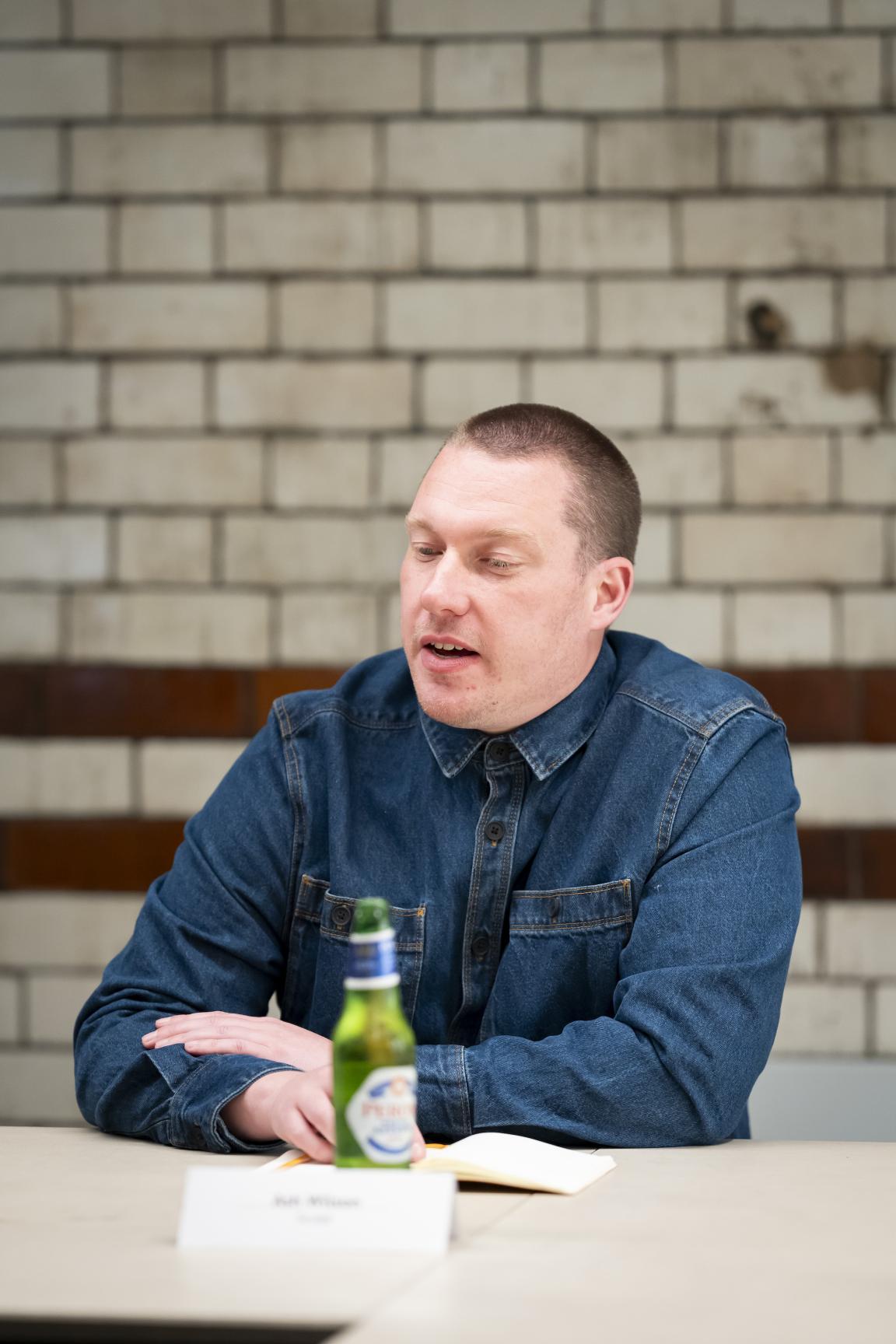
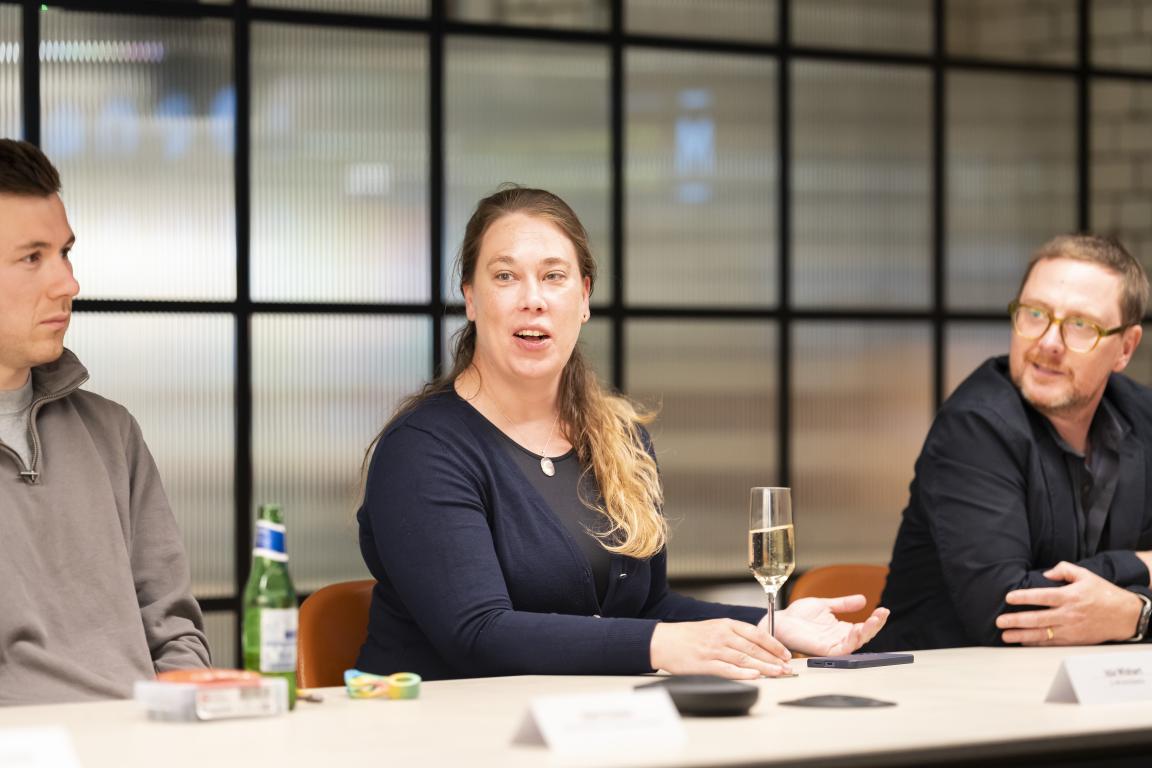
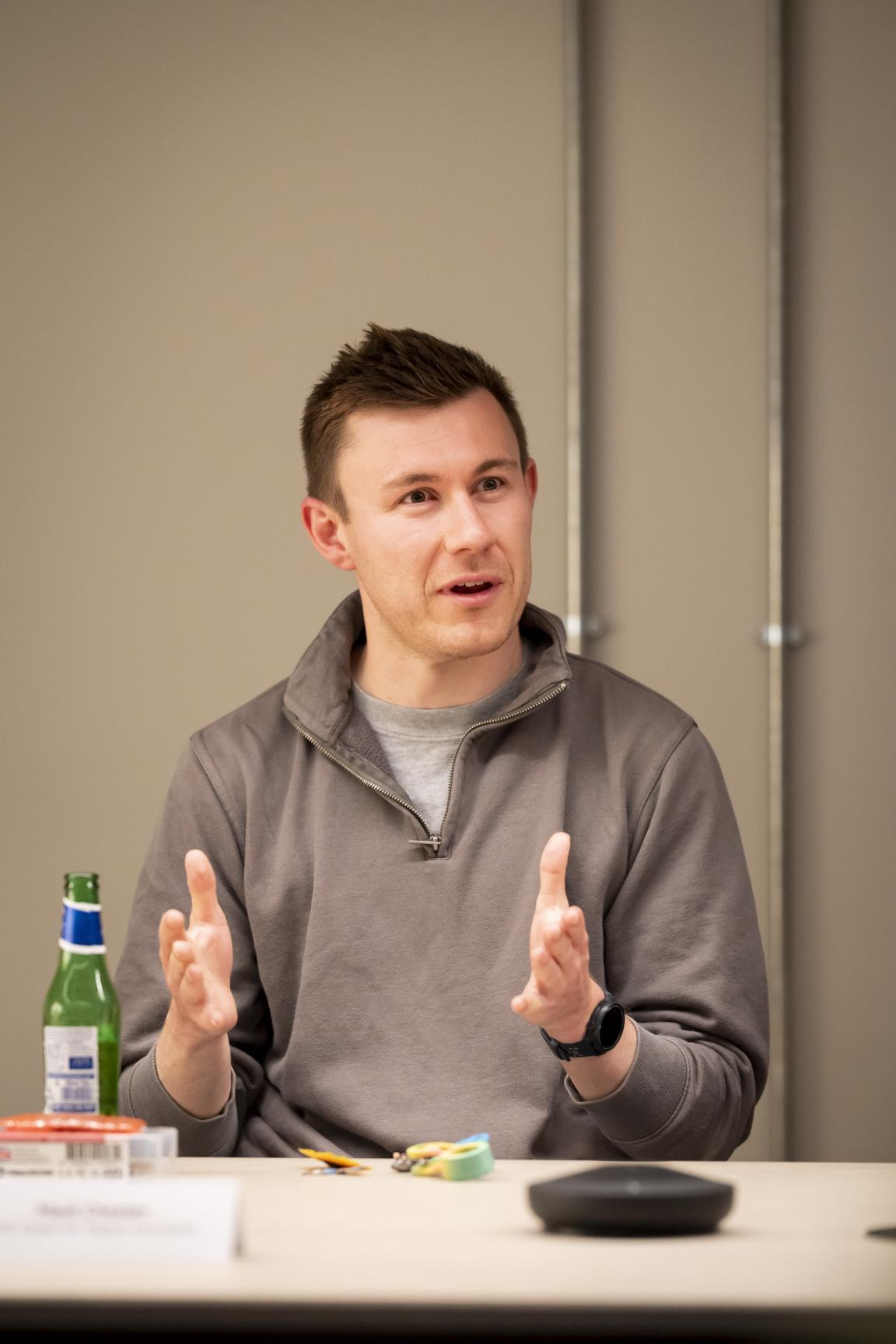

Eradicating the ‘grunt work’
“Has anyone got an example of where AI has worked well?” David asked.
“I spent five and a half years doing student accommodation”, Isla shared. “If you've got a standard room and the client wants to know, ‘can I fit 200 of these in here?’ AI can help you figure out whether that’s viable. If it’s not, the client can quickly move on to a new site. Echoing Jenni's earlier point.
“I think the way to take this forward is with offline models”, she added. “So every business can then choose what data they input, choose what data they get out, and the trust level is then going to increase. Whereas, with all of these online models, they've got access to the whole Internet.”
Investment is of course required for this. Plus, the opinion was shared that AI’s time-saving abilities may skew clients’ expectations – wanting more work done in less time.
“Will AI just become the norm then?” David asked the guests to consider.
All were in agreement that it will – as a kind of “Personal Assistant”, Ash said. A benefit being it could eradicate diary ping pong for good.
But, “is everyone happy sharing their diary with AI?” Isla asked.
“By putting it online in the first place, it’s already ‘out there’”, Ash replied.
“What else could it be useful for?” David probed further.
“I’d love it to do a door schedule!” replied Imogen. “We want it to take over repetitive tasks, not be creative. Even proposals, fee documents…they all need that human touch.”
“You can ask AI to set documents up for you to review though”, Gary said, “and you just tailor it.” He likened this to when Revit came along – it took away the “most tedious and boring jobs”.
“You get out what you put in”, commented Isla.
Jenni believes tasks such as report writing, business cases and project briefs could be made easier with AI, however she stated, “I wouldn’t just submit something that was generated and I hadn’t had an overview of it. But it definitely makes life easier - even if I have to go through and review it. Because the writing is the time-consuming part.”
Aside from the ‘grunt work’, David asked whether the creative generation side of AI has any merit at all.
Ken thinks there’s too much “generalisation” around this, and it’s about analysing one’s own role and adapting AI to meet your specific needs. “Tailor it to what you do”, he said.
There is a tendency, he’s spotted, in the younger generations to jump onto Pinterest after receiving a brief, rather than hand drawing concepts. “I don't understand why you don't just draw your idea. What's the problem here? Don't look for something to give you an idea. You have your idea. If you find ideas on Pinterest, because of the algorithm, it’s all too common. By using it, we’re perpetuating the bland. And that can turn the design part of what we do into feeling like a product.” AI could lead us down a similar path, he believes.
“Does VR still have relevance?” David asked.
The overarching feeling was that it’s too costly, and as Imogen said, “you want to feel the space. I don't want to do that with a headset on.”
On the point around AI generated content, Ash argued that perhaps clients may not feel as though they’ve got value for money - “because if you can just ask a computer to generate something, then they feel like they've not got their value out of the designer.”
Here, there was discussion around a return to the appreciation of craft – “AI elevates the process of hand-making” – Ash said – “it can’t replicate that.”
Mark Chester believes an area that has been enhanced by the introduction of these types of technologies is education. Particularly for those studying practical subjects such as engineering.


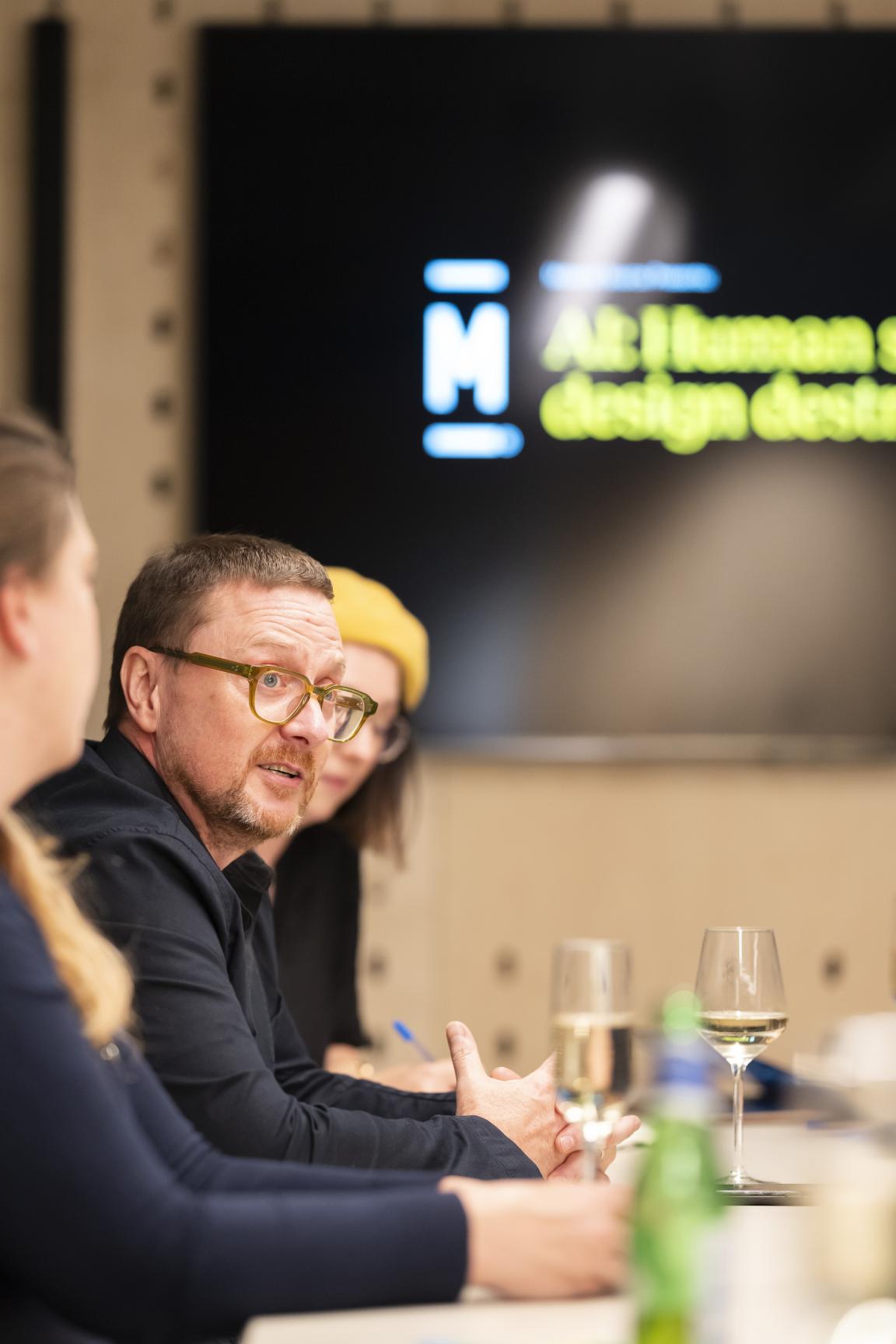
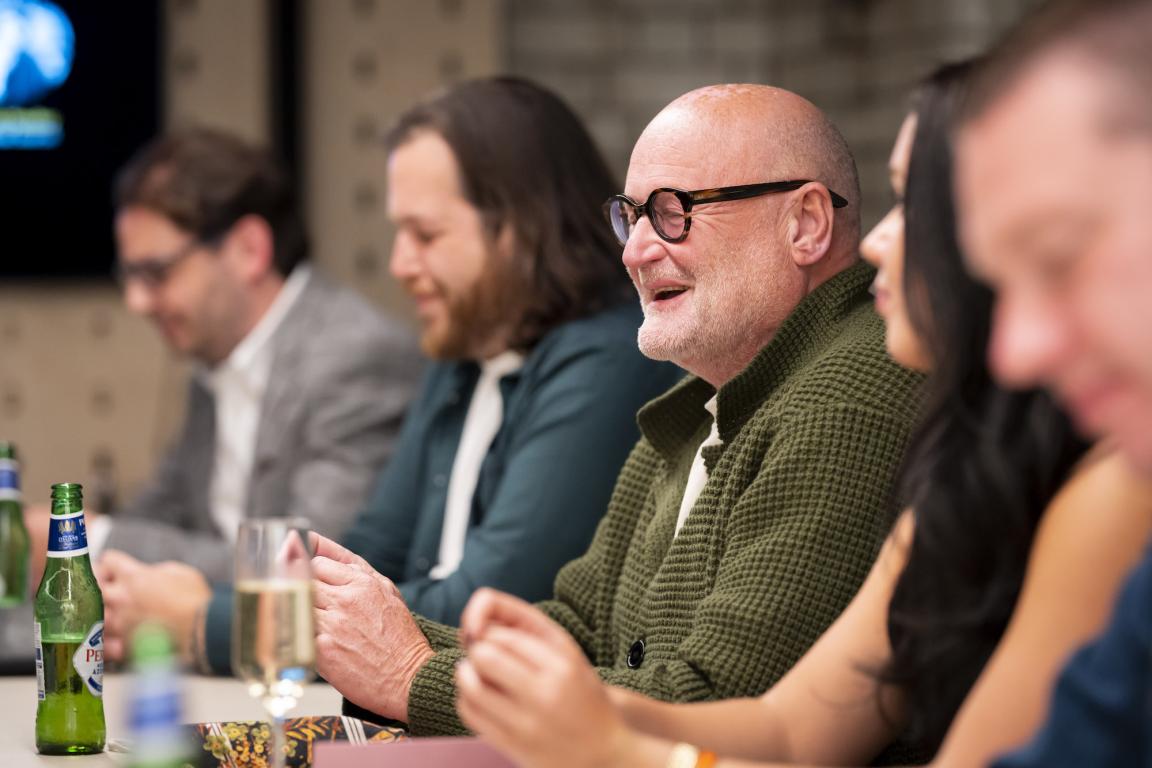
What are the barriers to AI adoption?
Inspired by an article written by Andrew Mawson, founder, Advanced Workplace Associates, and published on Forbes, which suggests a barrier to AI exists at C-suite level, David asked the guests to consider the barriers they have encountered to AI adoption?
Environmental consciousness was immediately raised by Ash. “We're touching lightly on AI at the minute because it requires huge computers, with huge power demands, and huge water demands.”
“And the problem is that the water's not recyclable. It can't go back into the sea or anything. It's lost”, added Atilla.
“AI requires mindful use”, said Gary.
Greater adoption in business comes down to “negativity mitigation”, Ken believes. “We deliberately make it very clear, the more we potentially use AI it would be about making people productive, not losing their jobs. Because that is a huge barrier. The industry’s fraught with redundancy anyway.”
“Is there a real sense in practice that people are worried AI will take their jobs?” David asked.
“No”, replied Mark Turner, “because I think all the examples that we've been talking about today are really dusting around the edge. They're not groundbreaking, they're not ripping up the rule book at all. These are low-hanging fruit things that we're all doing. And I think it's a symptom of our industry that we are quite slow to innovate.
“People in this room are probably the most innovative in the industry. So, if we're leading it, what is everybody else doing?”
“What we need to see is transformational generative AI that changes the quality of what we all build from the norm. And I think there's a real opportunity for that to happen. Until it does, I don't think there's any fear of job losses.”
“We're not optimising it yet. We're not using it to its full capacity. We're all still creating superheroes in boxes”, agreed Isla. “In future, we will be able to do more. 'Architect' may be elevated as a term. And we can offer clients less human error, more visual attainment of what they can achieve at a better rate of delivery…And we can all level up together. Whereas right now, we're all out there just trying to get AI to write an email for us.”
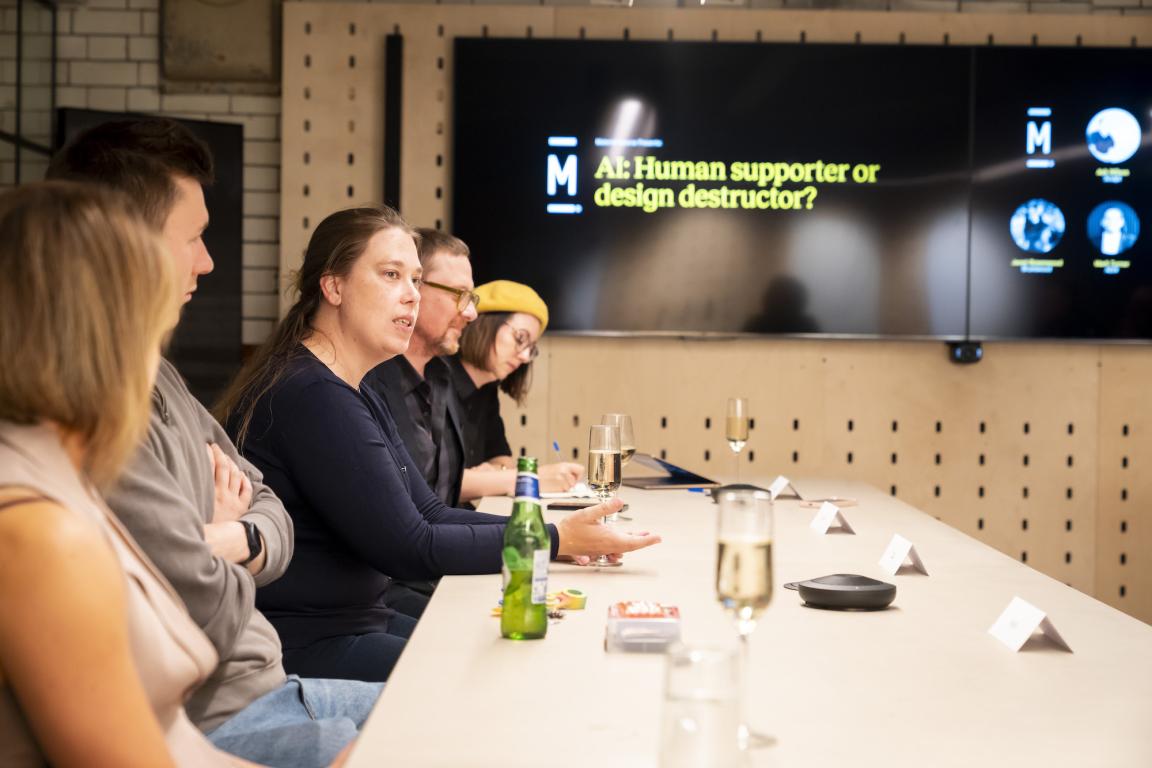
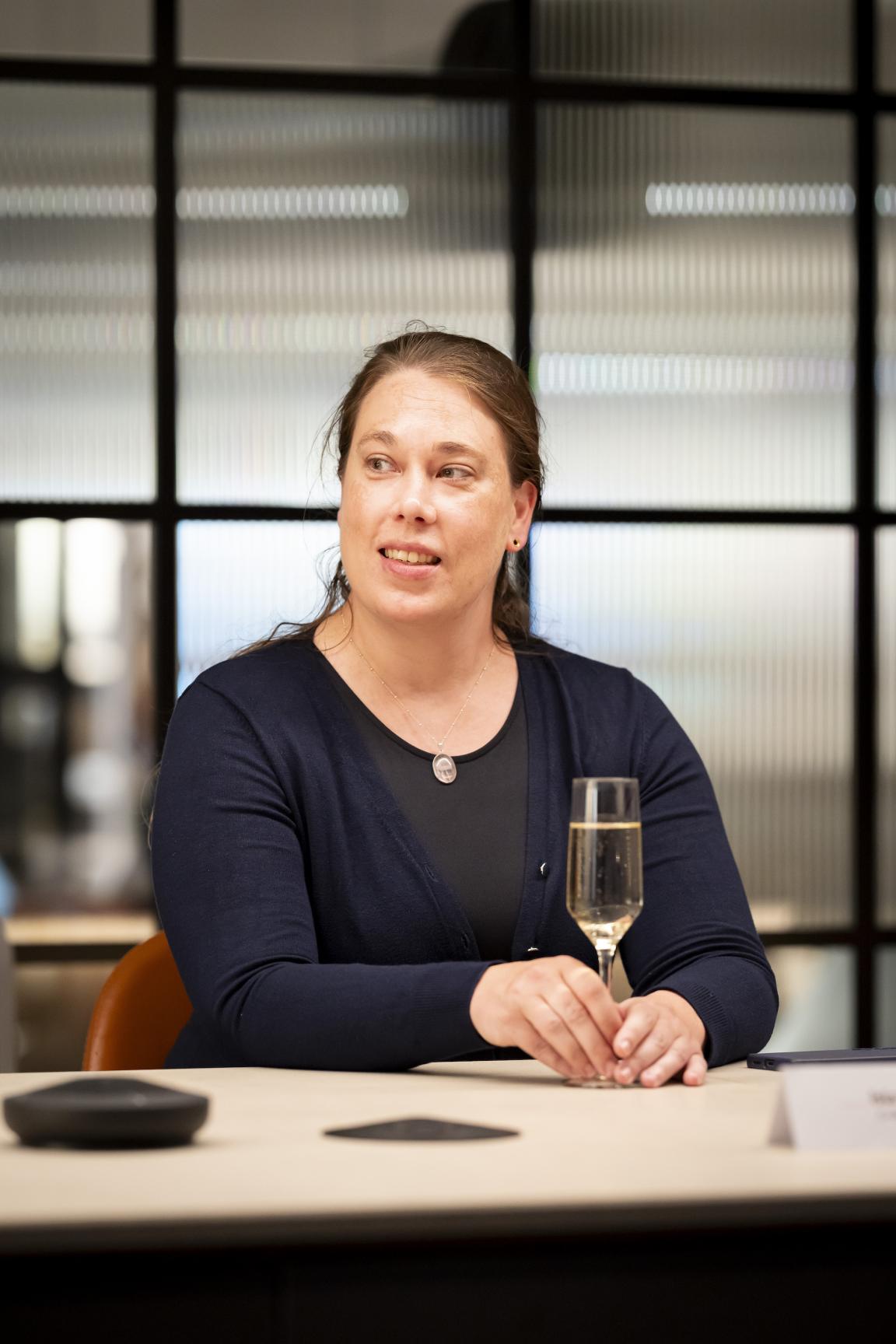
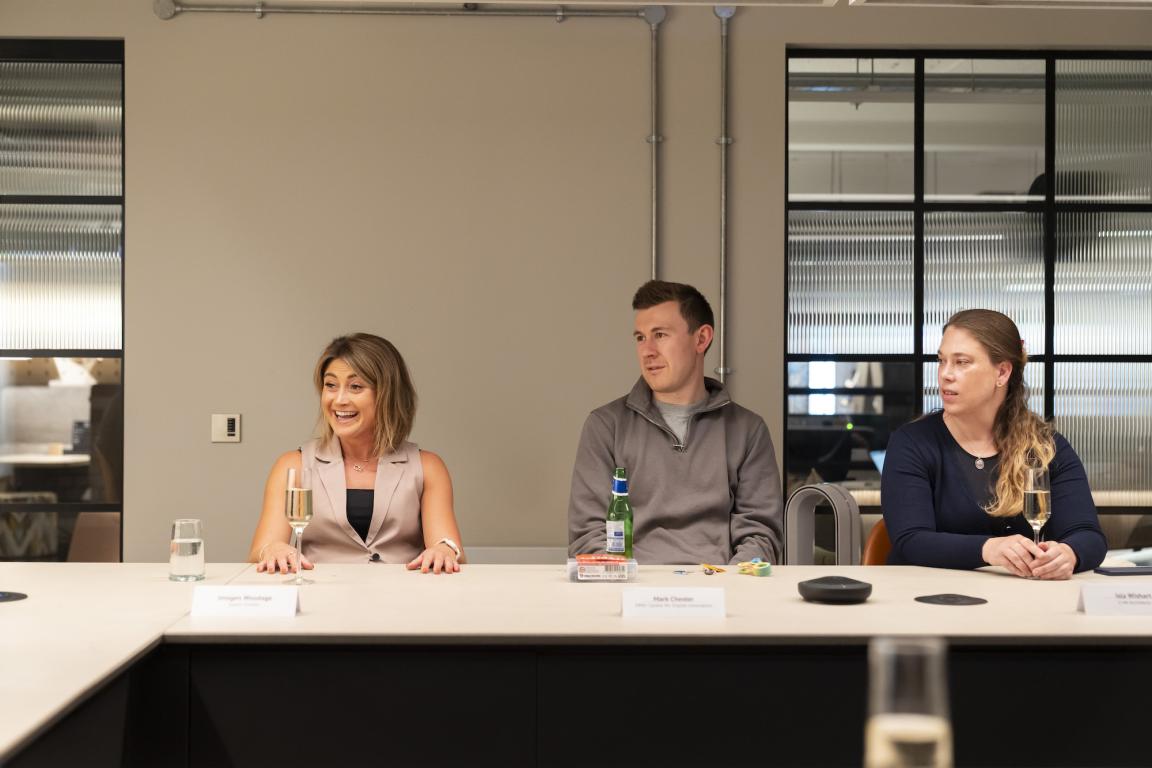
What’s AI’s future in the sector?
“So, it’s exciting then? There’s a lot of opportunity?” David suggested.
“At the minute, we're looking for time-saving techniques and how we can make our own lives easier. That's not the big picture. The big picture is competitive advantage”, responded Atilla. “With AI, you won't fall behind because of it, but you'll fall behind someone else who’s using it.”
Atilla cited an article with Goldman Sachs CEO David Solomon, where he notes AI can generate 95% of an S-1 filing—the document companies submit to the SEC when going public—in just minutes, taking away what was a six-person team working over two weeks. So that last 5% based on human judgement is what will make the difference - “The last 5% now matters because the rest is now a commodity", Solomon said.
Though AI is believed not to be ‘intelligent’ by Jenni, she feels this view on the 95 versus 5% will make the most impact in business. “It’s about how we keep up with AI and how we utilise it in a way that's going to be better than other people. It's like a fight against each other in the sense of who can optimise the use of it and use it as a tool rather than fearing that it's going to displace us.”
"We’ve always had to adapt to the changes that we've seen. We've always had new jobs arise. So, this is not about displacement, it's about how can we get more creative with these new jobs.”
“The next generation won’t ever know a world without AI”, said Mark Chester of the short-term future, “and that’s quite concerning in some ways.”
Atilla believes it’s the approach to using it that can balance out that concern. “When we started with AI, we set up three pillars that we judge everything against – quality, time, integrity. And we’re now able to see tangible benefits through AI as a result.”
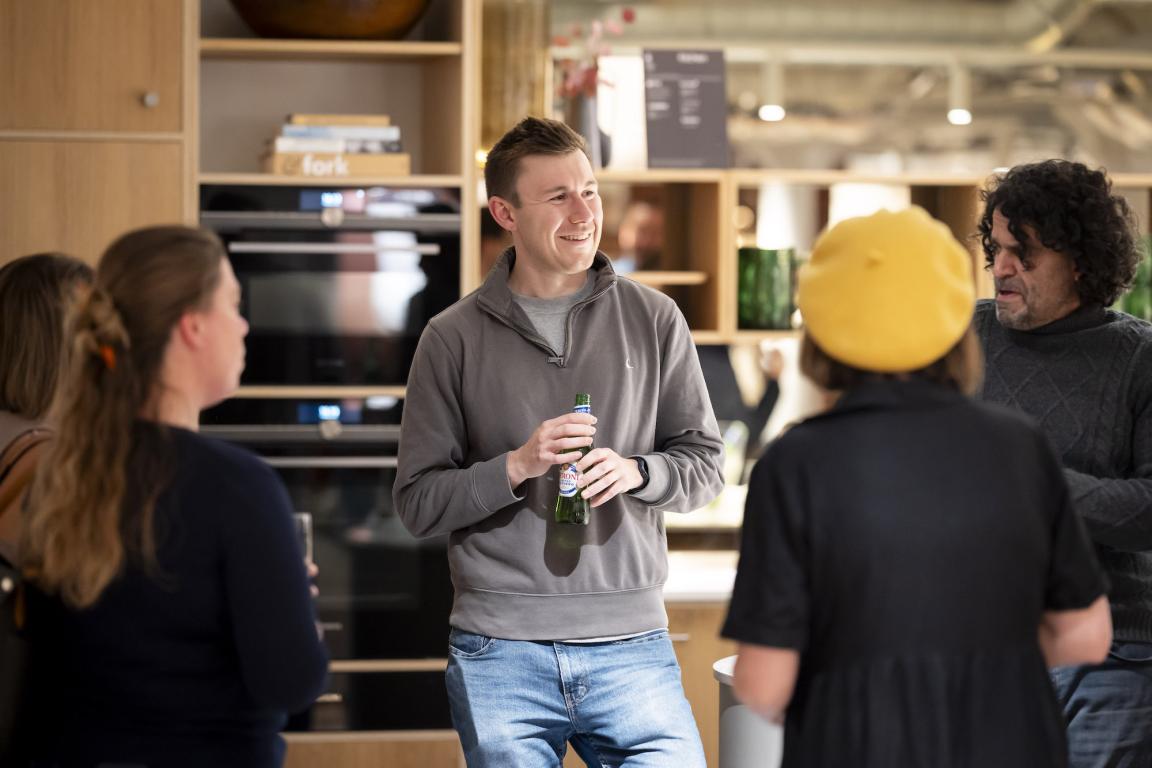

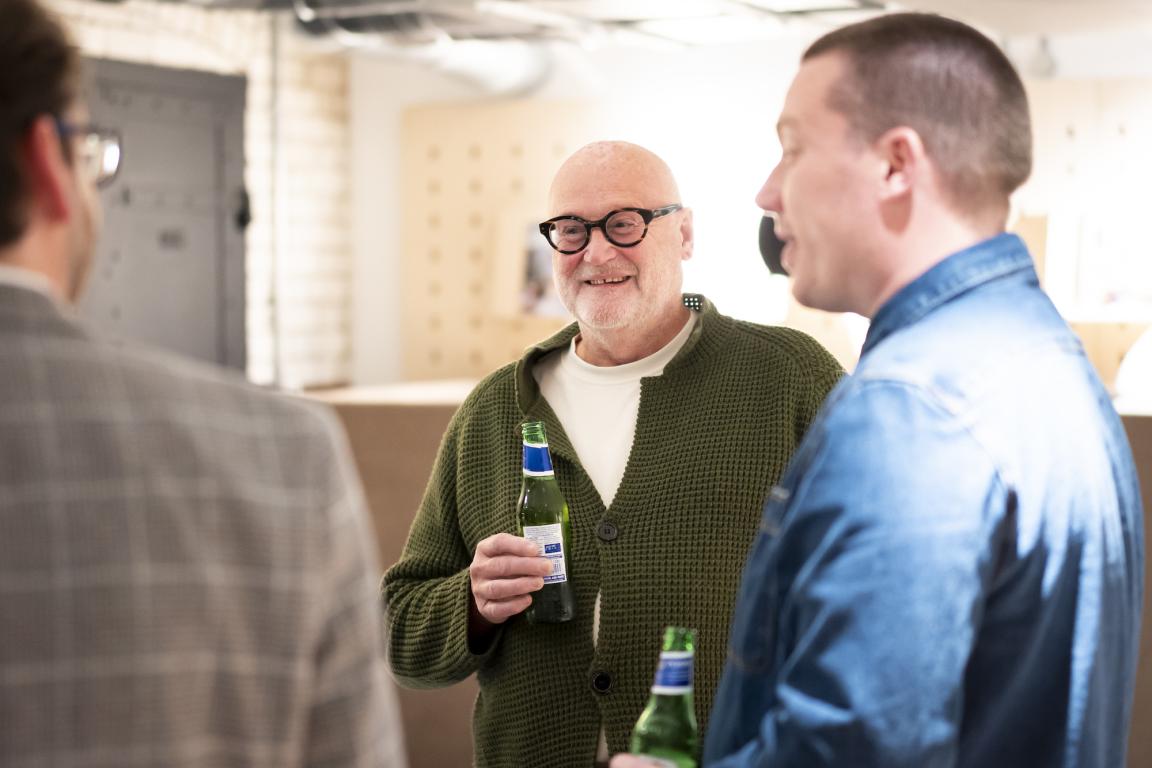
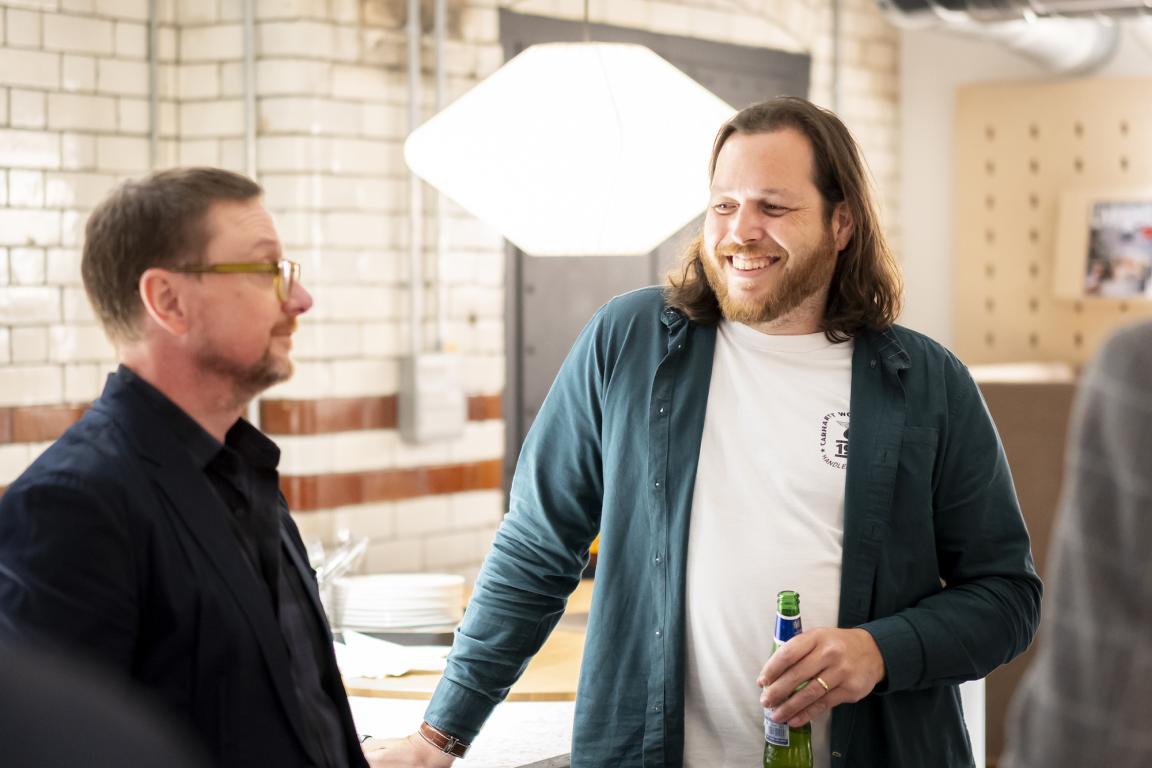
Though the conversation paused here, it didn’t stop, with a seminar on the topic of AI in Glasgow, followed by a roundtable. Stay tuned for more insights from those sessions soon.
In the meantime, a huge thank you to all our guests. Do you have something to add to the conversation? Let us know!
All image credits: Victoria Middleton


